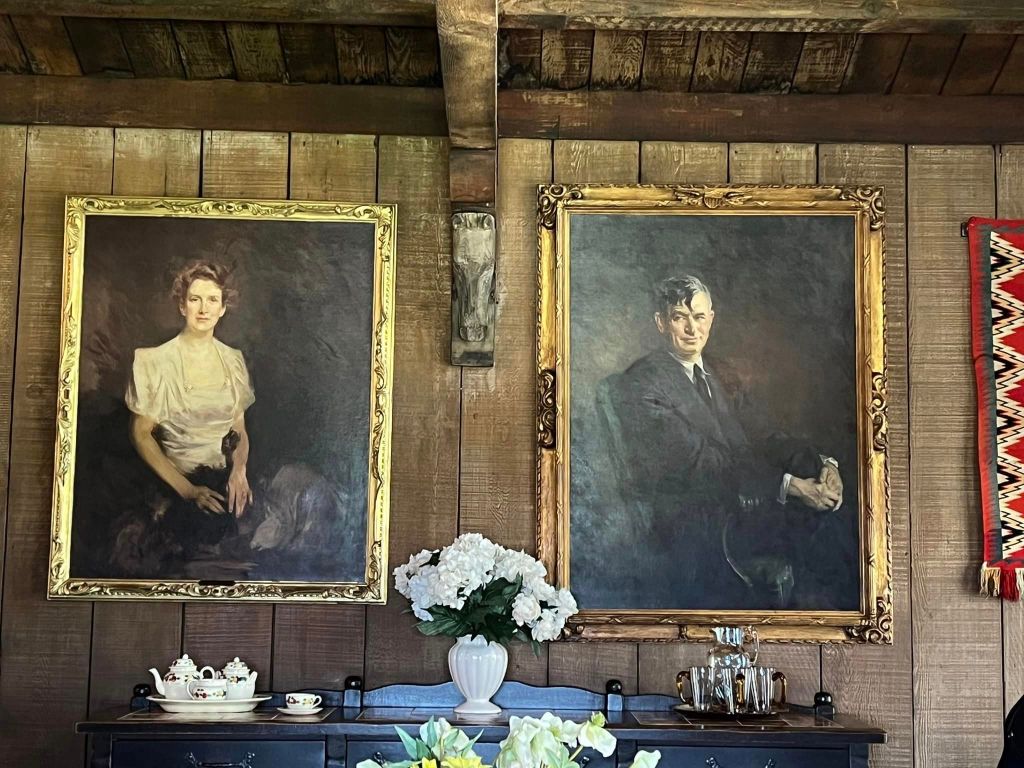
The Will Rogers State Historic Park is the beautiful former estate of Will Rogers, a beloved actor and humorist. He was born on November 4, 1879, as William Penn Adair Rogers in the Indian Territory, now a portion of Oklahoma. Rogers was a world traveler, social commentator, and notable star of the stage and screen, in addition to being a successful columnist. He had a biting, brilliant wit and a thirst for adventure in order to better understand the world and its complexities. Tragically, his life was cut short on August 15, 1935, when he and aviator Wiley Post died in a plane crash in northern Alaska.

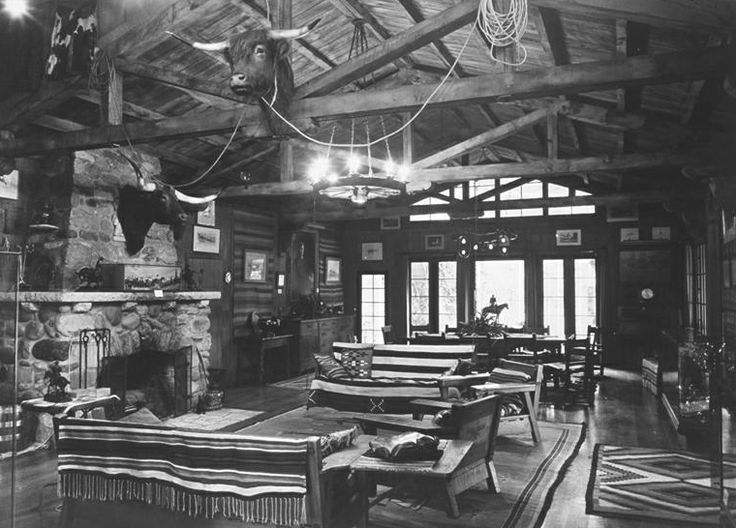


Today, the Will Rogers State Historic Park remains as a tribute to Rogers and would certainly be recognizable to Rogers. Much of it is exactly as he and his family would have remembered it from 1935. It is located in the Santa Monica Mountains, in the Pacifica Palisades area. There, Rogers and his wife, Betty, as well as their three children, Will Jr., Mary, and James, resided in the 31-room ranch house in the 1920s and 30s. The home includes 11 baths and seven fireplaces, in addition to a stable, corrals, riding ring, roping arena, golf course, polo field, and riding and hiking trails. The ranch was designated a State Park in 1944, following the death of his wife, and the house was listed on the National Register of Historic Places in 1971.
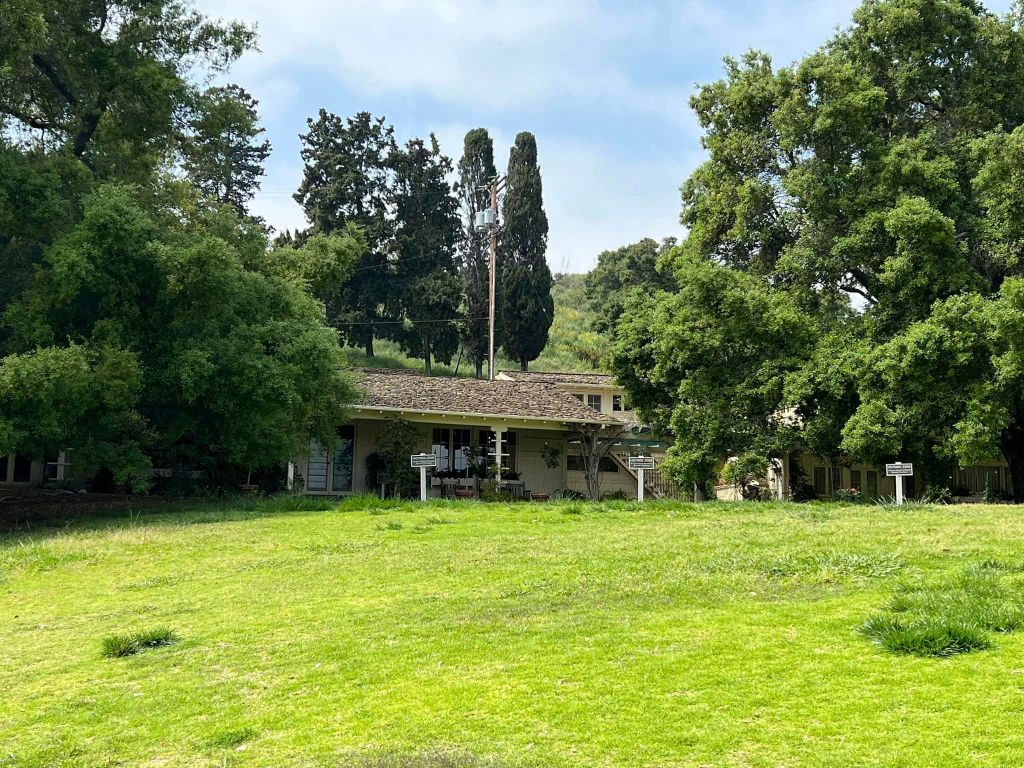

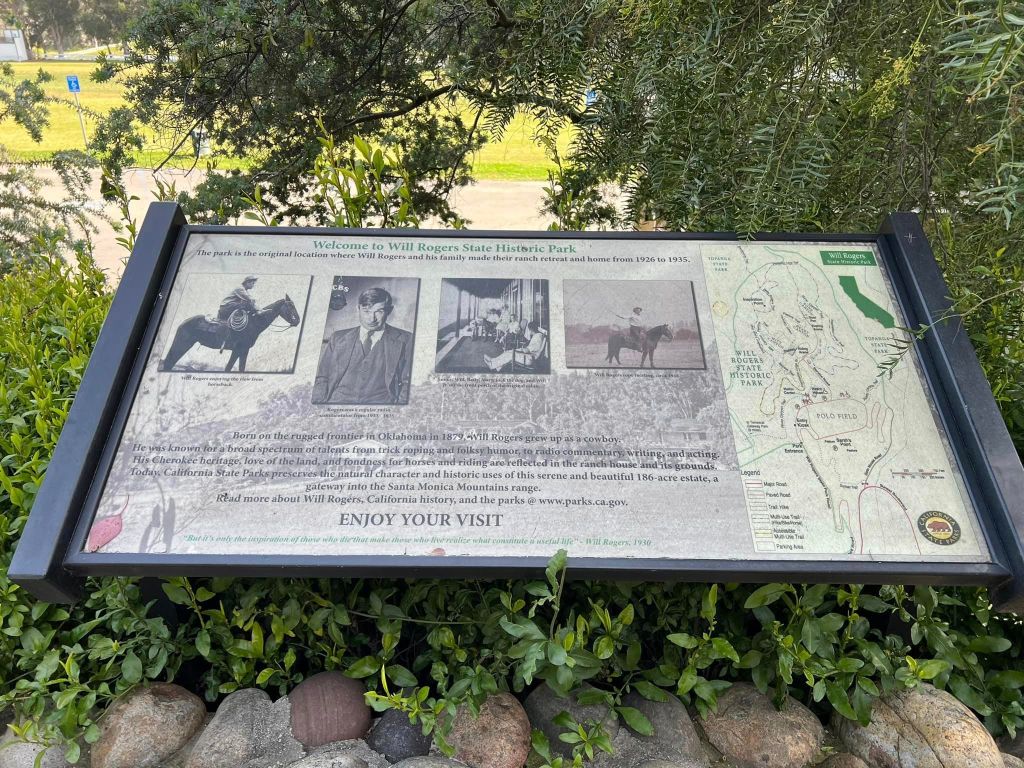
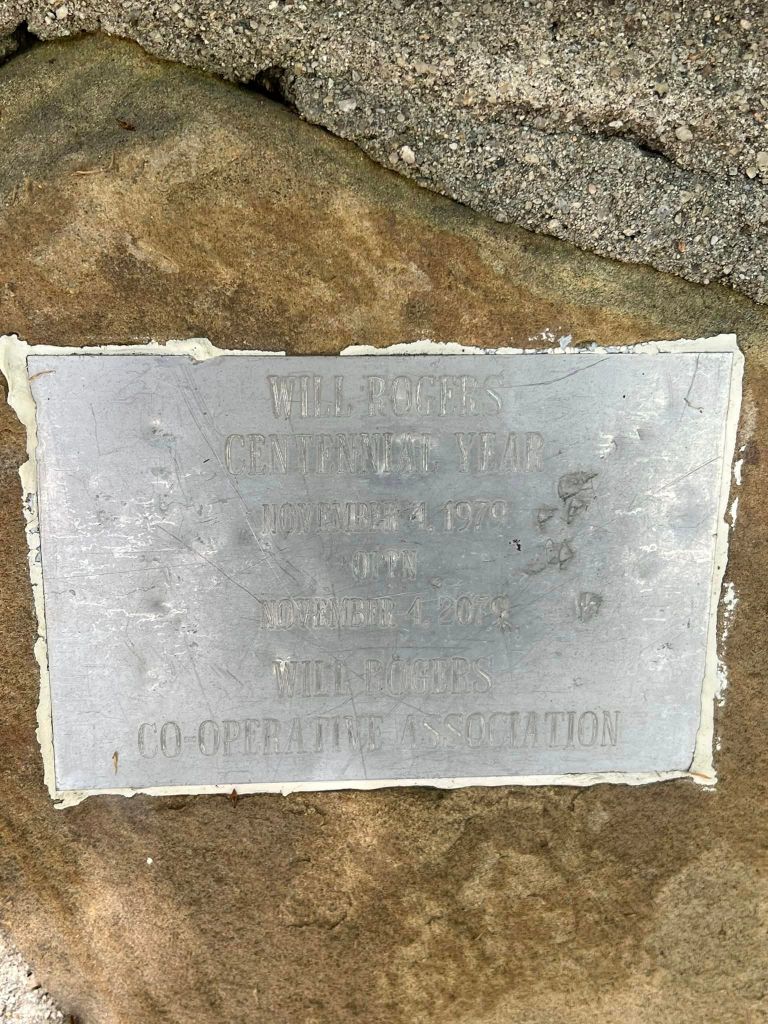



As a State Park, this location is in excellent care and guided tours can be arranged. I enjoyed learning about the home and property with the rangers as my guides. They were so informative, thorough, and passionate about Rogers. At one point, my guide was moved to tears while delivering the information regarding Rogers’ passing. They love what they do and are so great at it–truly succeeding in telling the story of this wonderful man. The carriage house showcases a small museum and education center on the property, in addition to the preserved home itself.


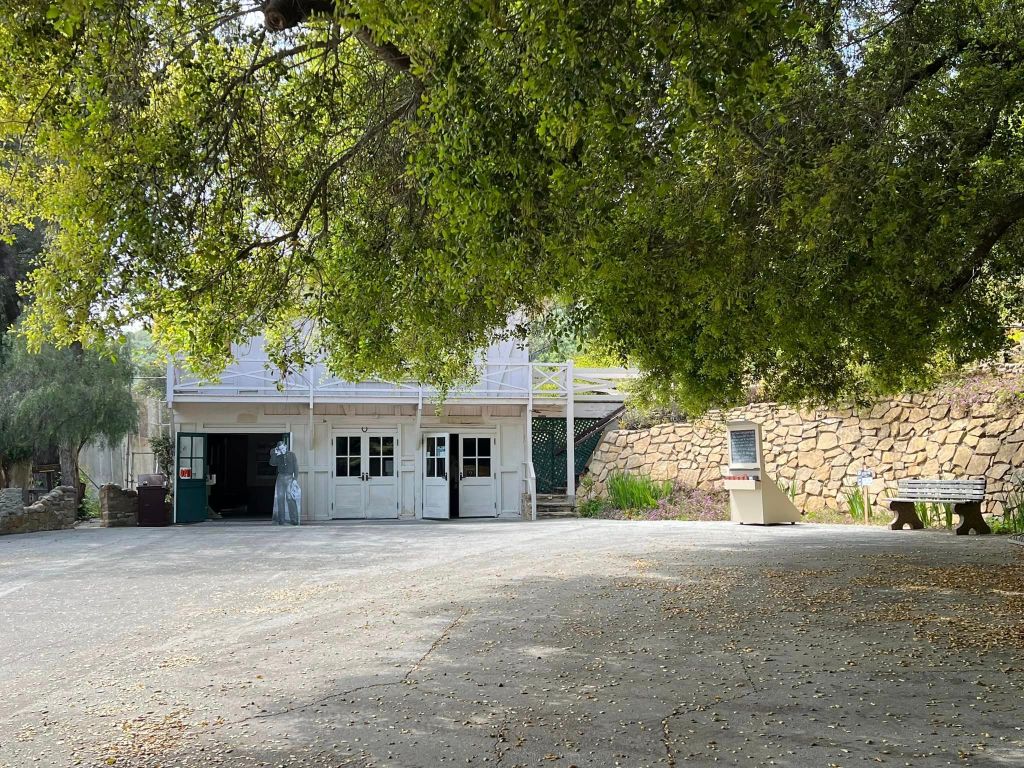
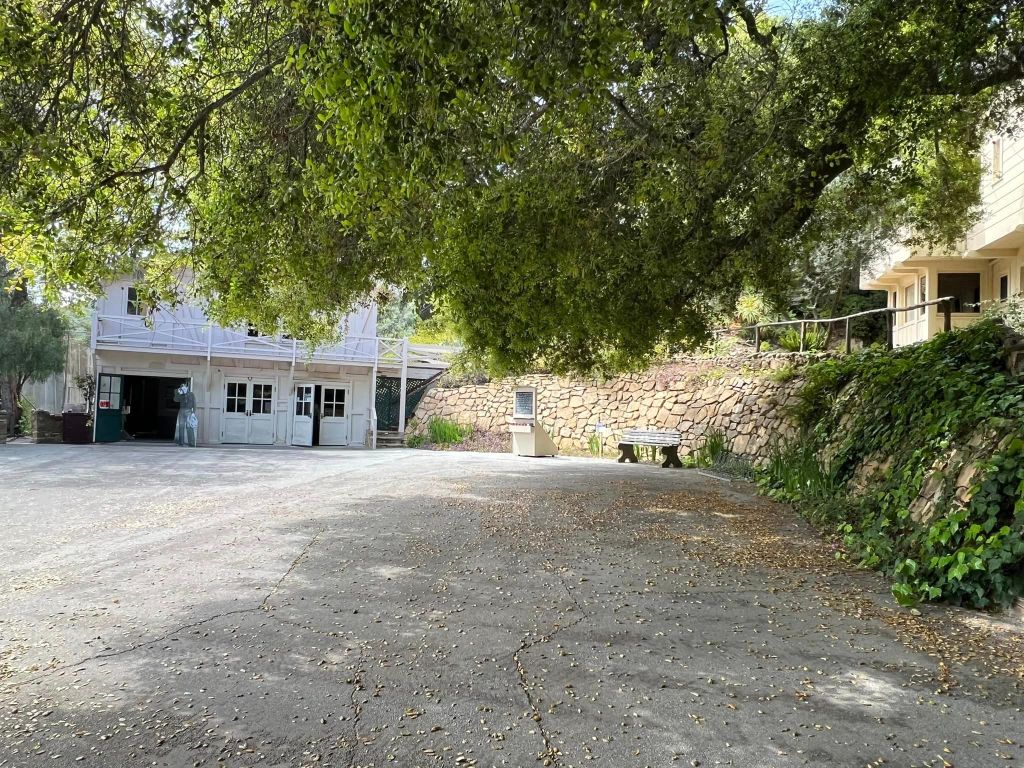

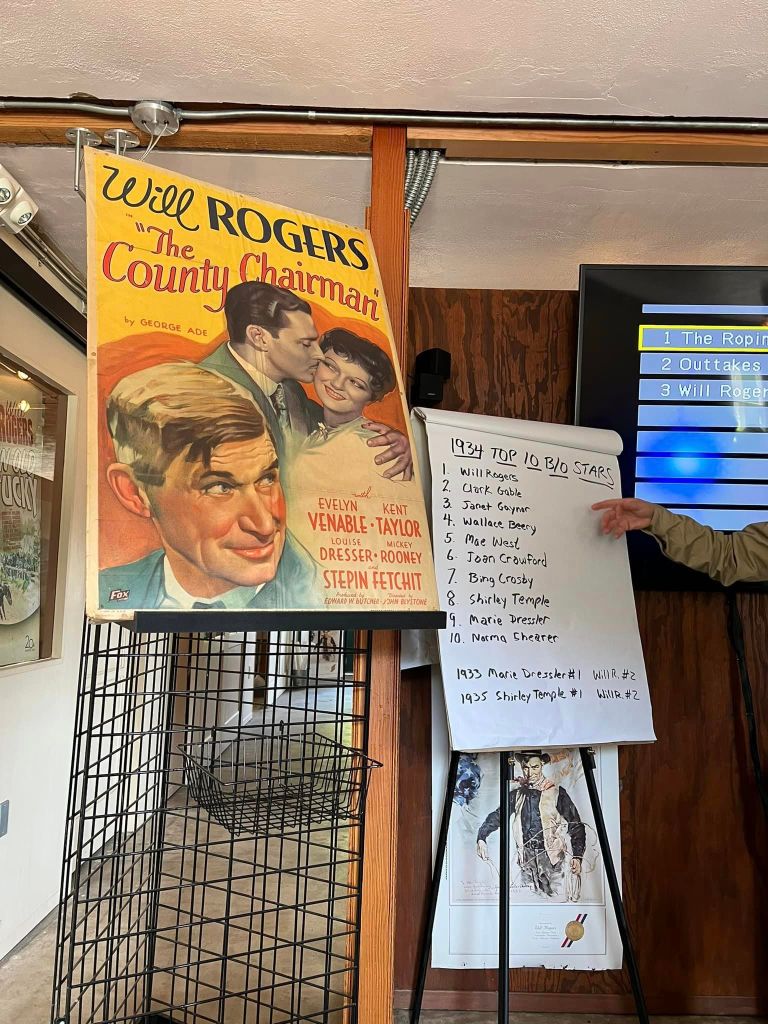

The polo field is home to the Will Rogers Polo Club and has been featured in several films, including The Story of Will Rogers (1952) and Star Trek IV (1986).
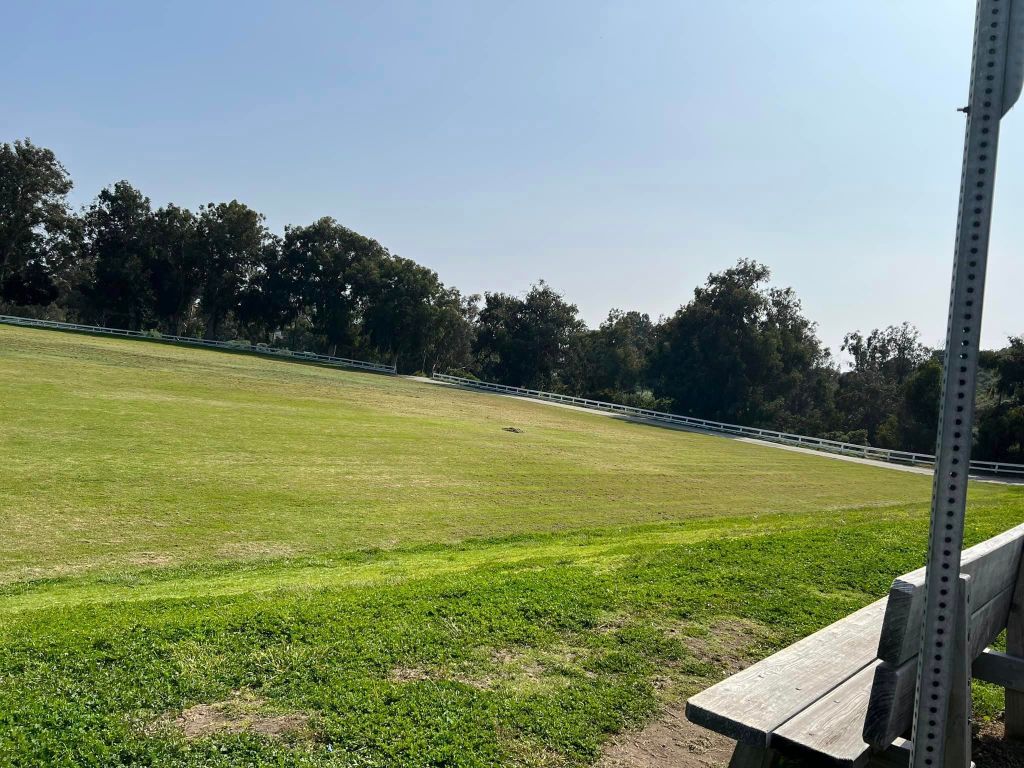
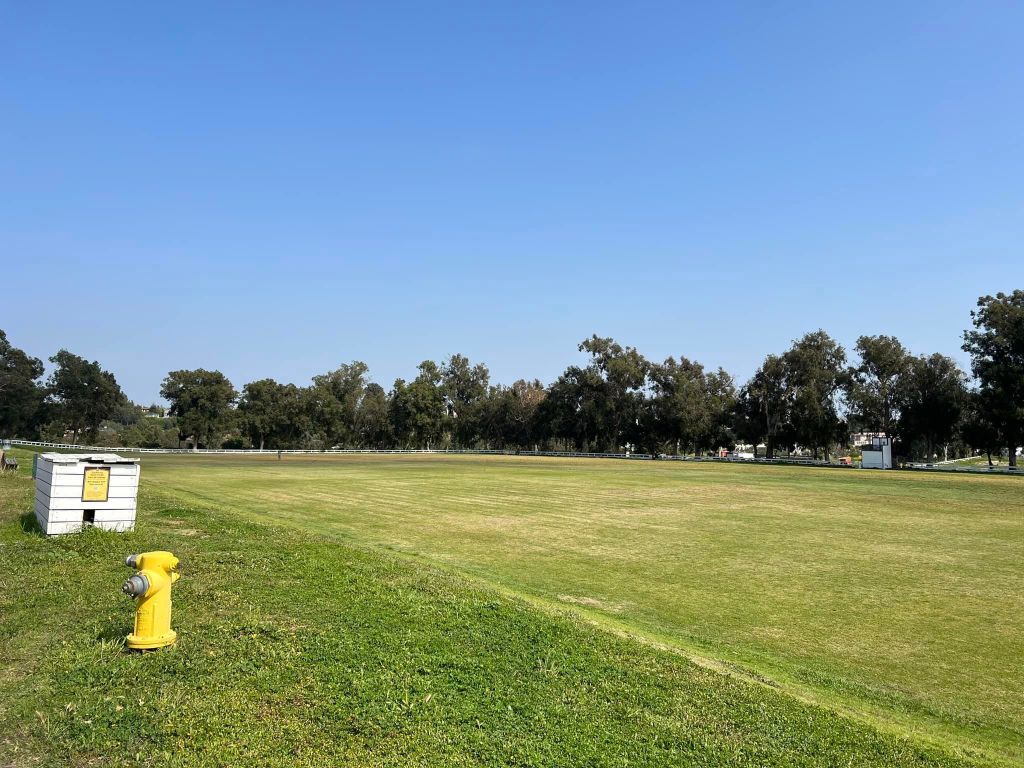

The living room in the ranch house showcases a collection of Native American rugs and baskets, and Western artwork by Charles M. Russell and Ed Borein. It also features a unique porch swing in the center of the room and a mounted calf, which was given to Rogers to encourage him to rope the calf instead of his friends. This room is largely the most memorable because it is bedecked with items of significance to Rogers.
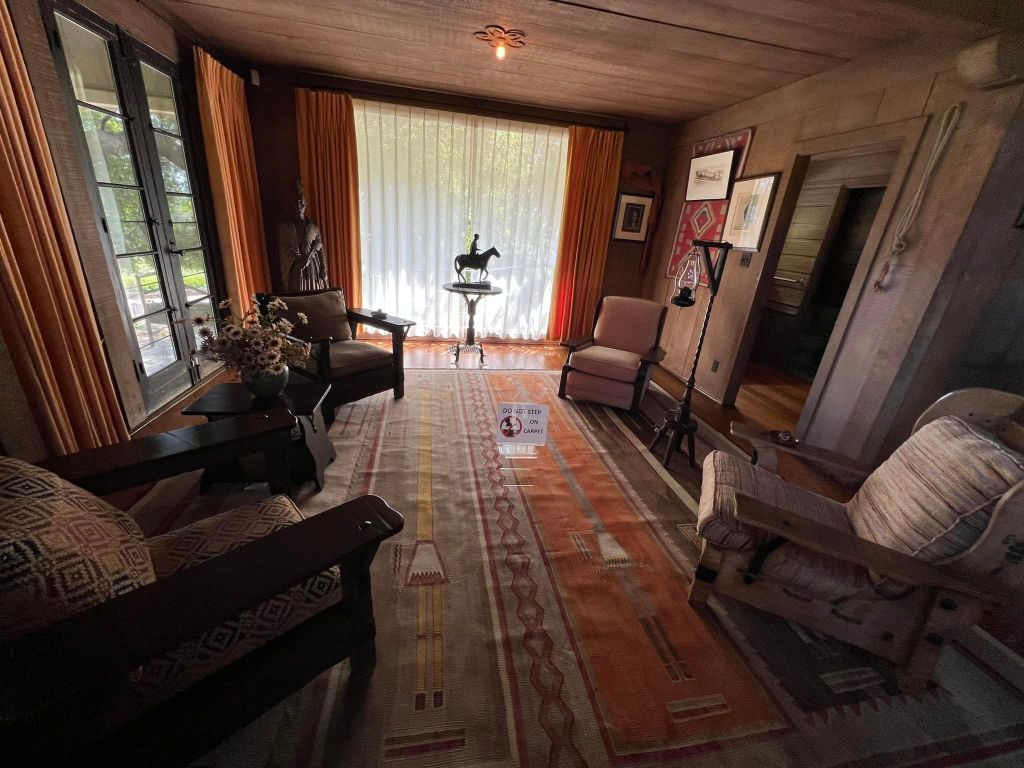

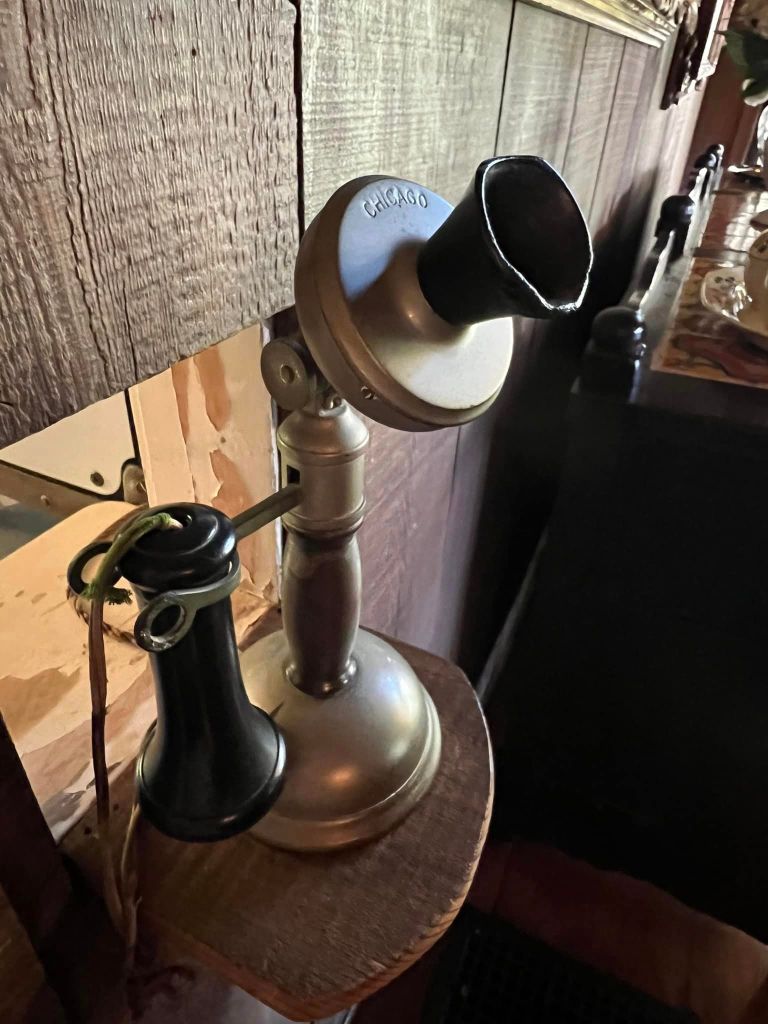
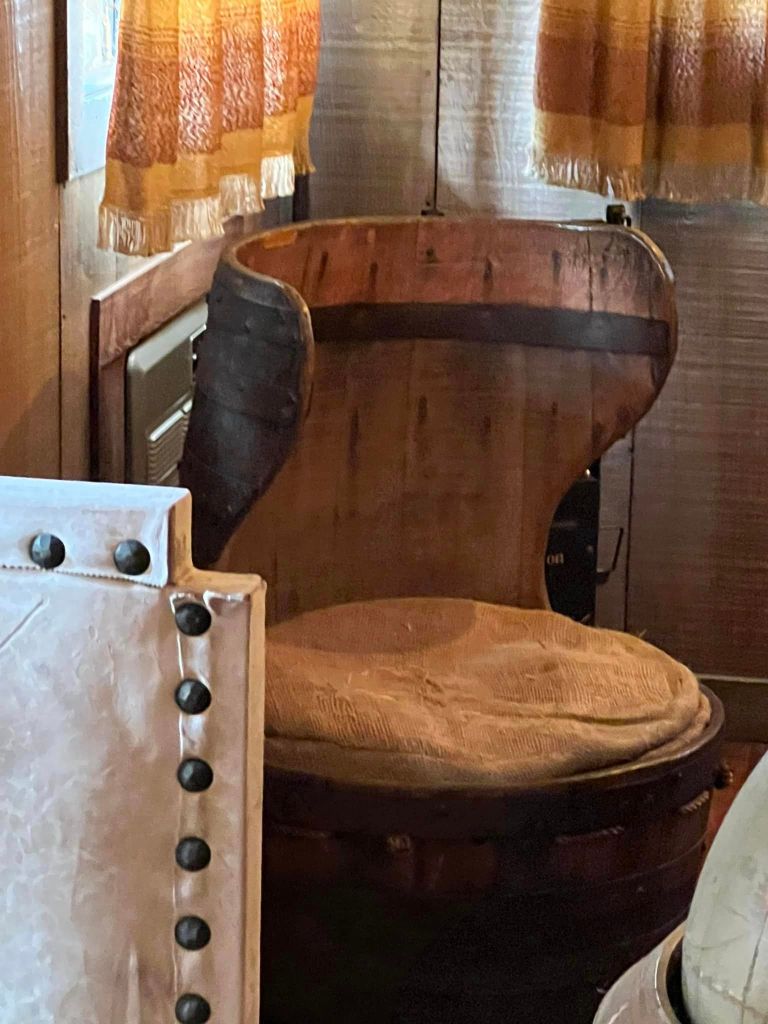
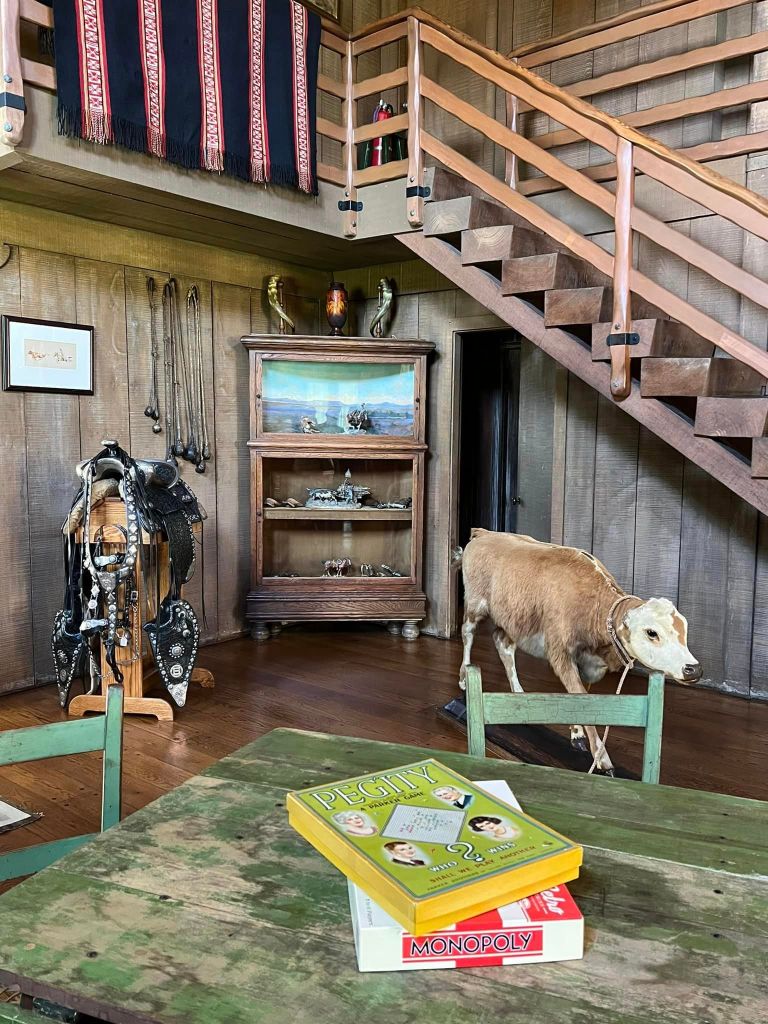


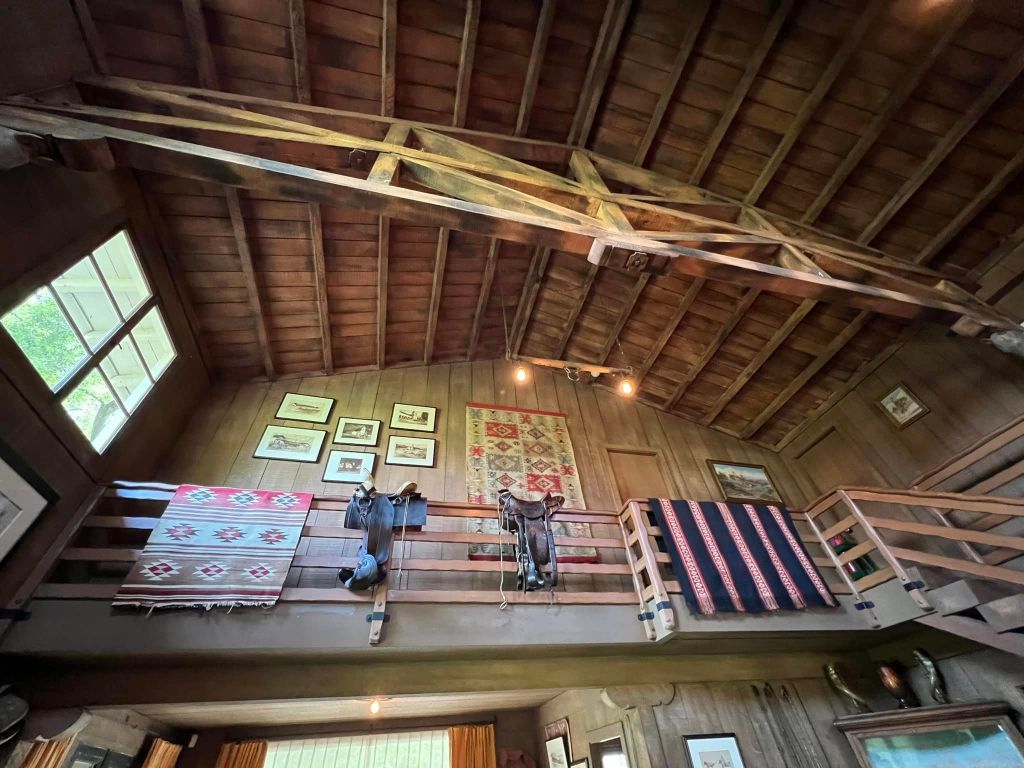
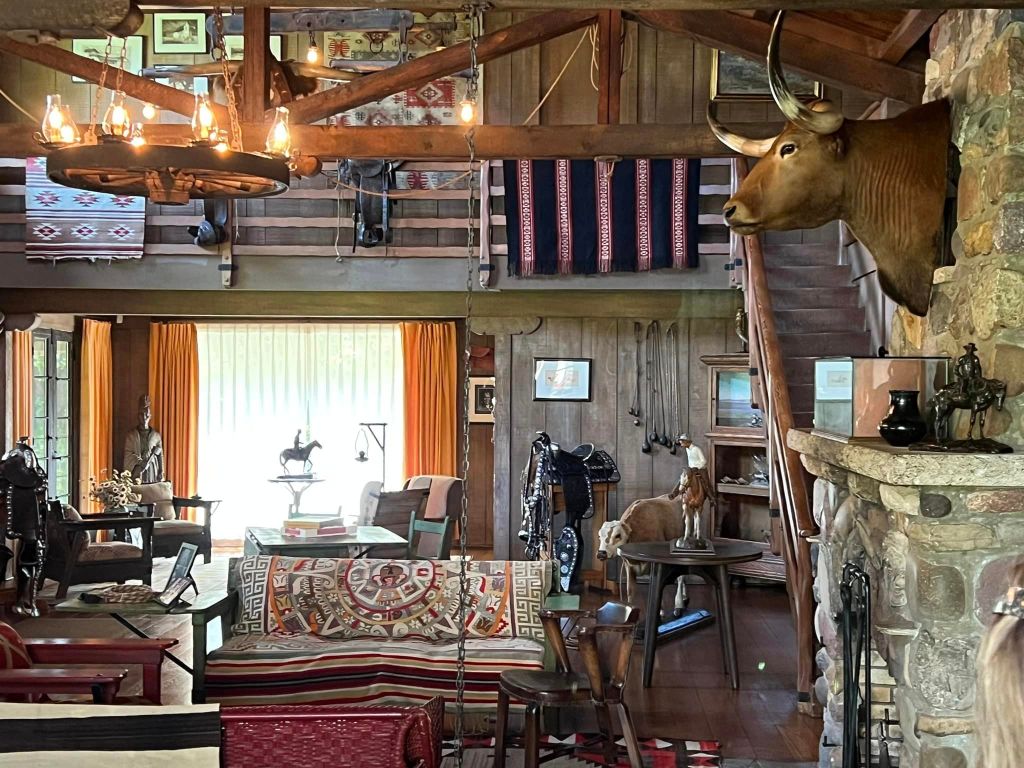


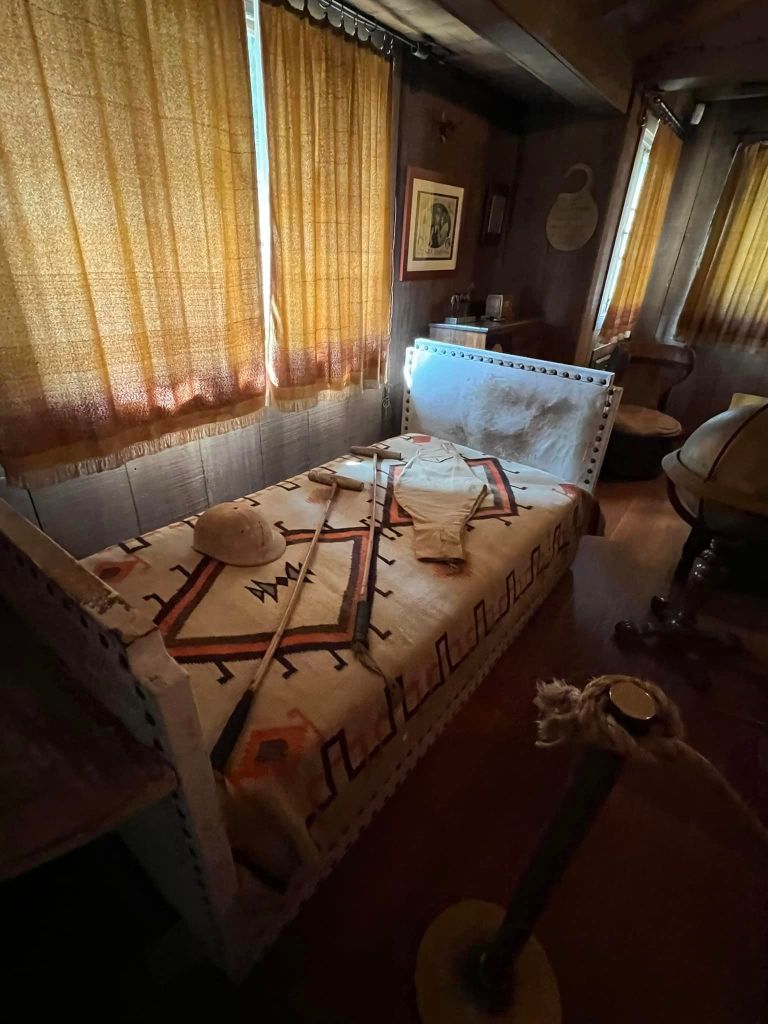
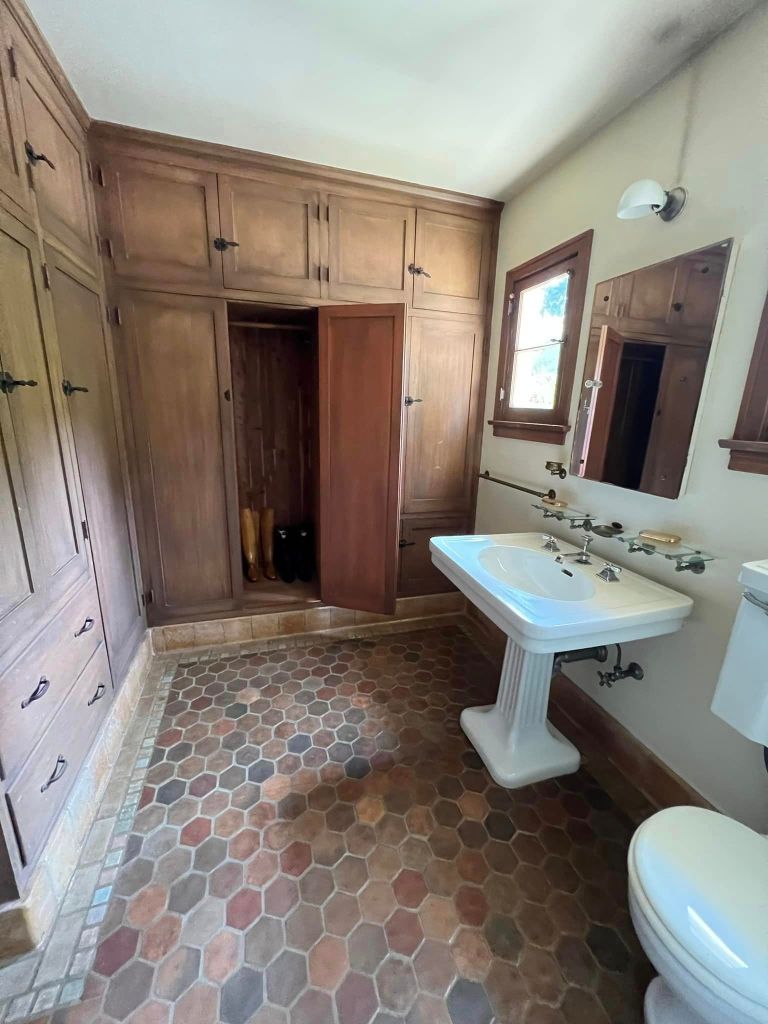


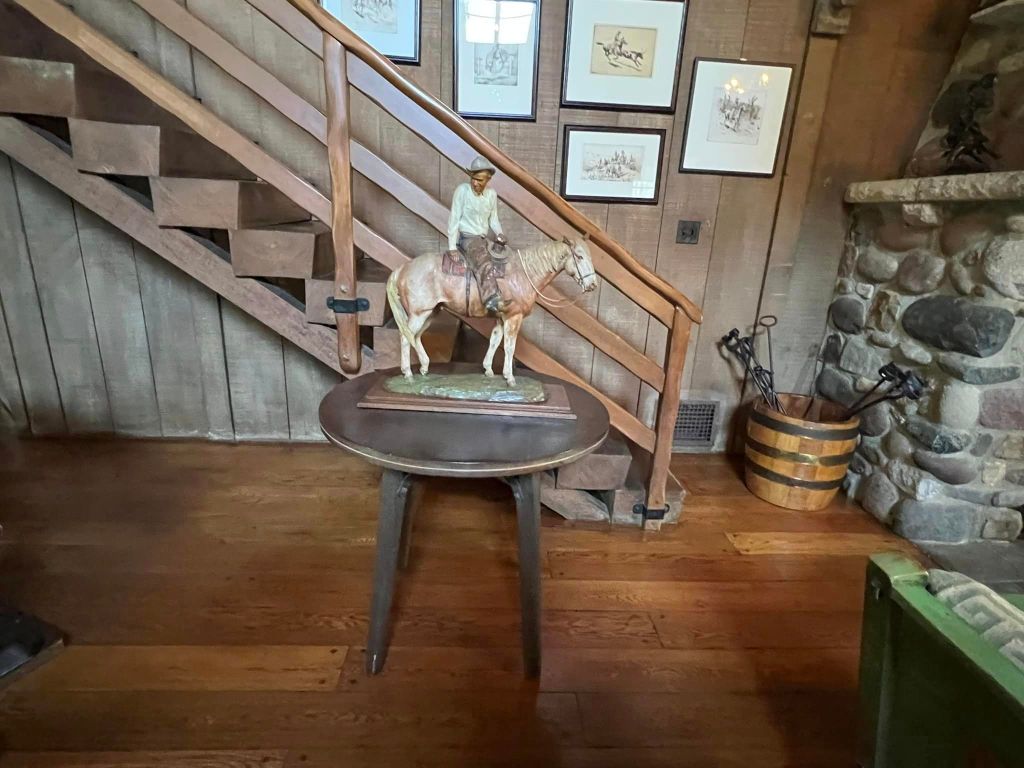
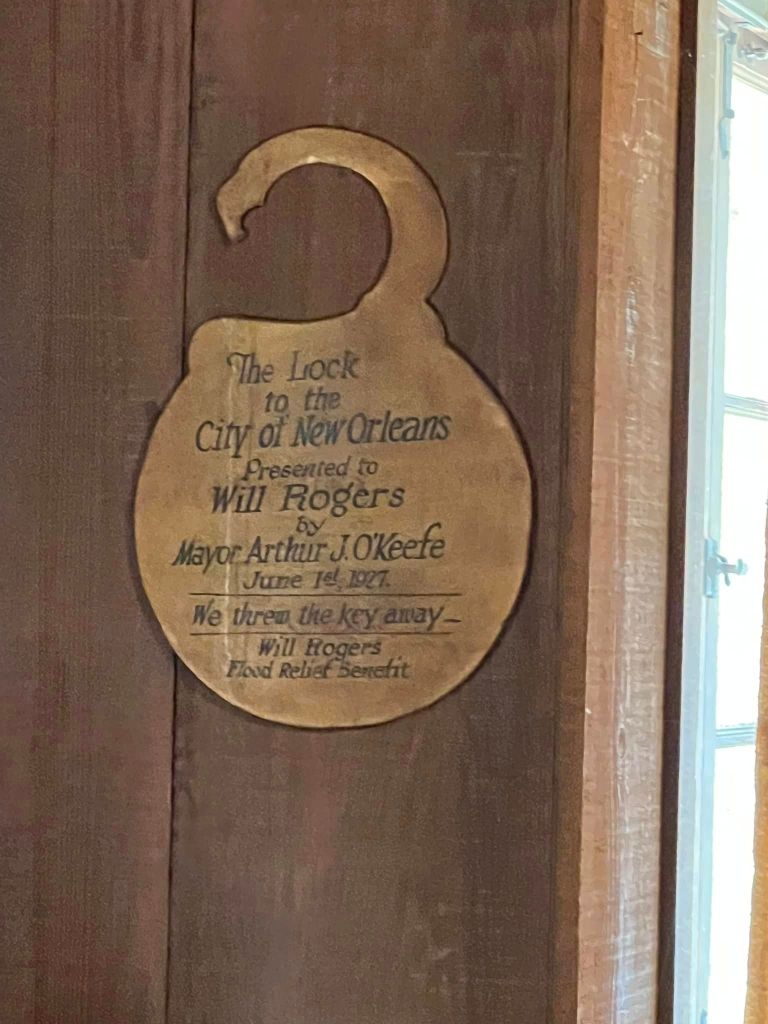
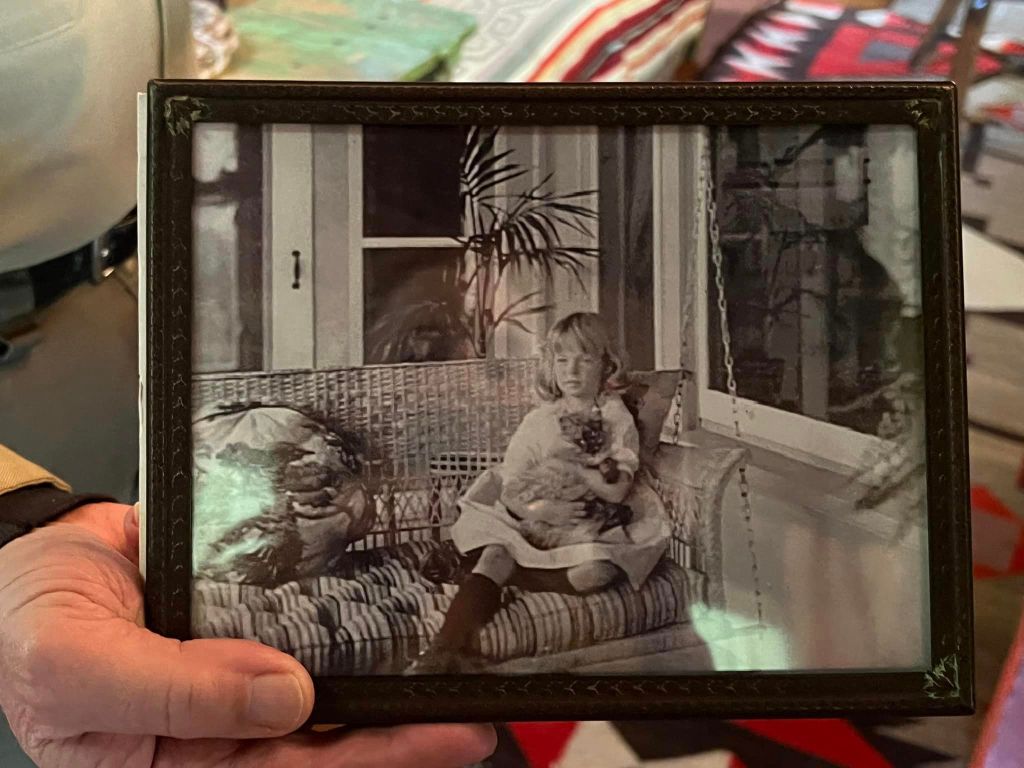
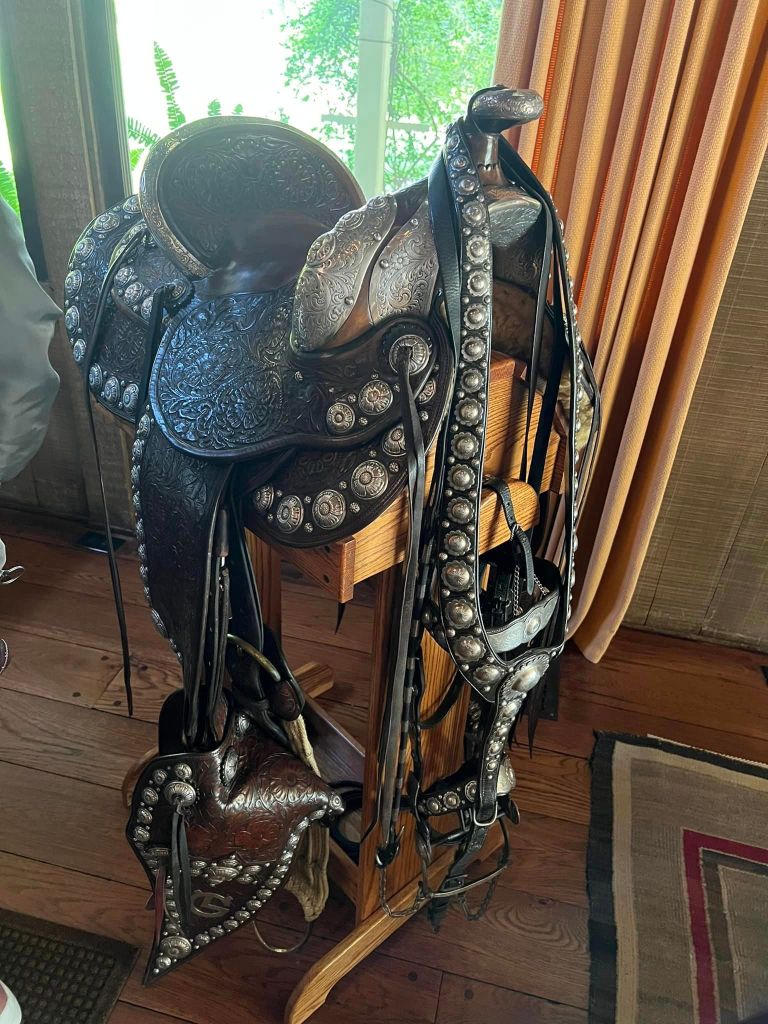
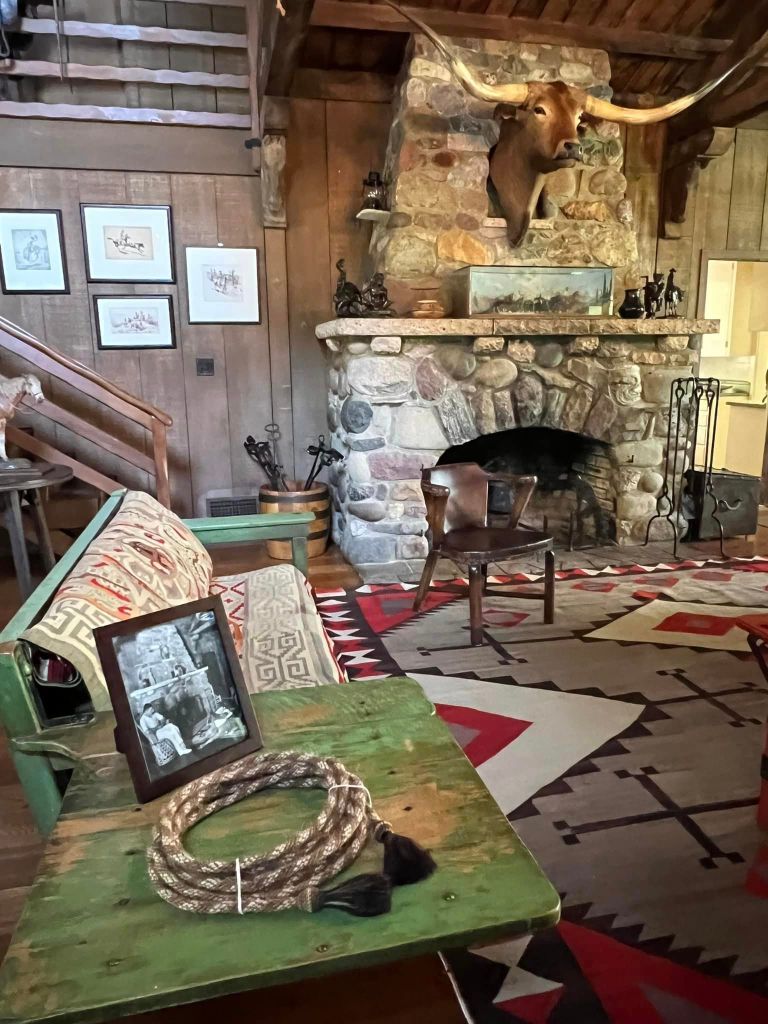
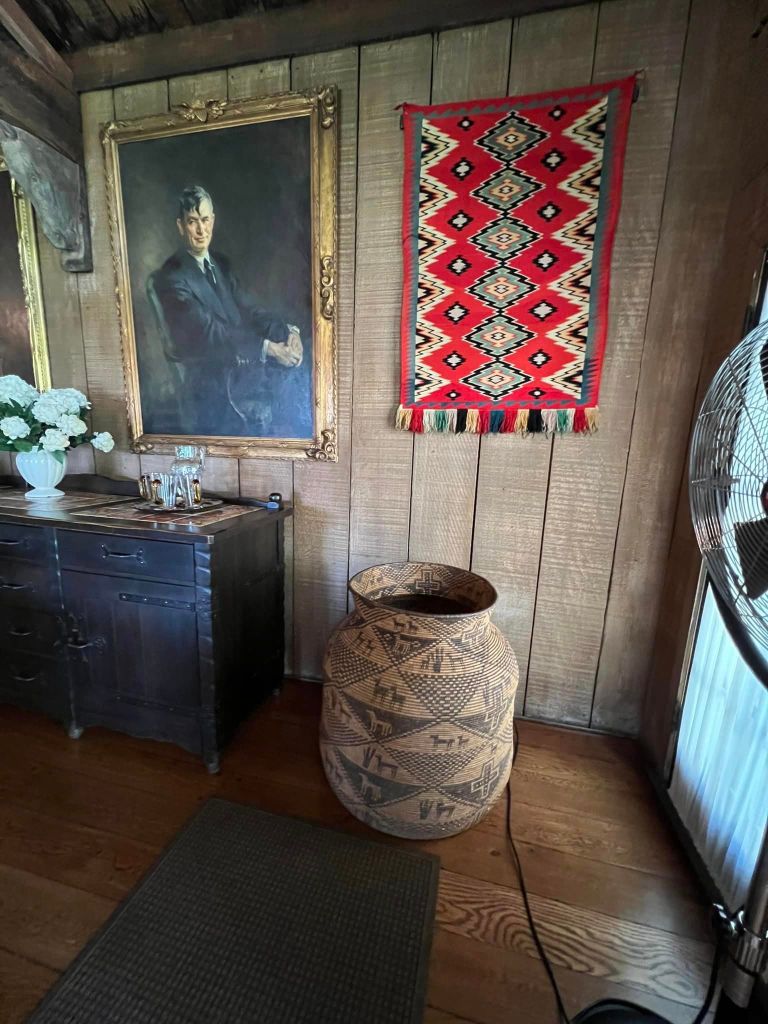
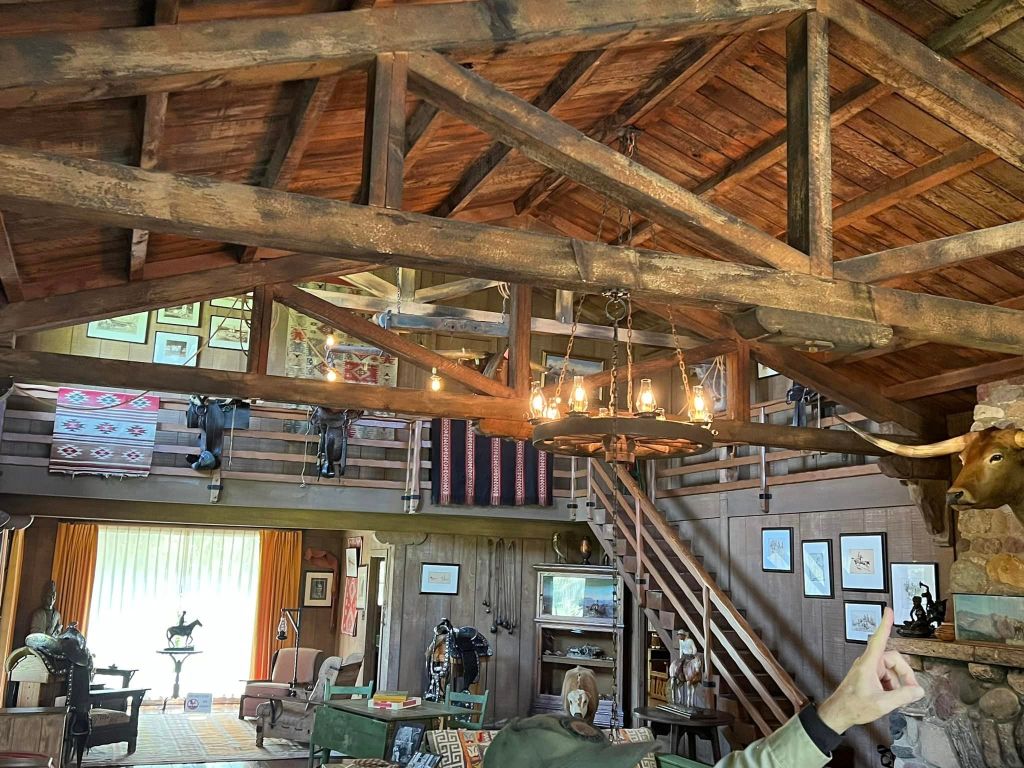


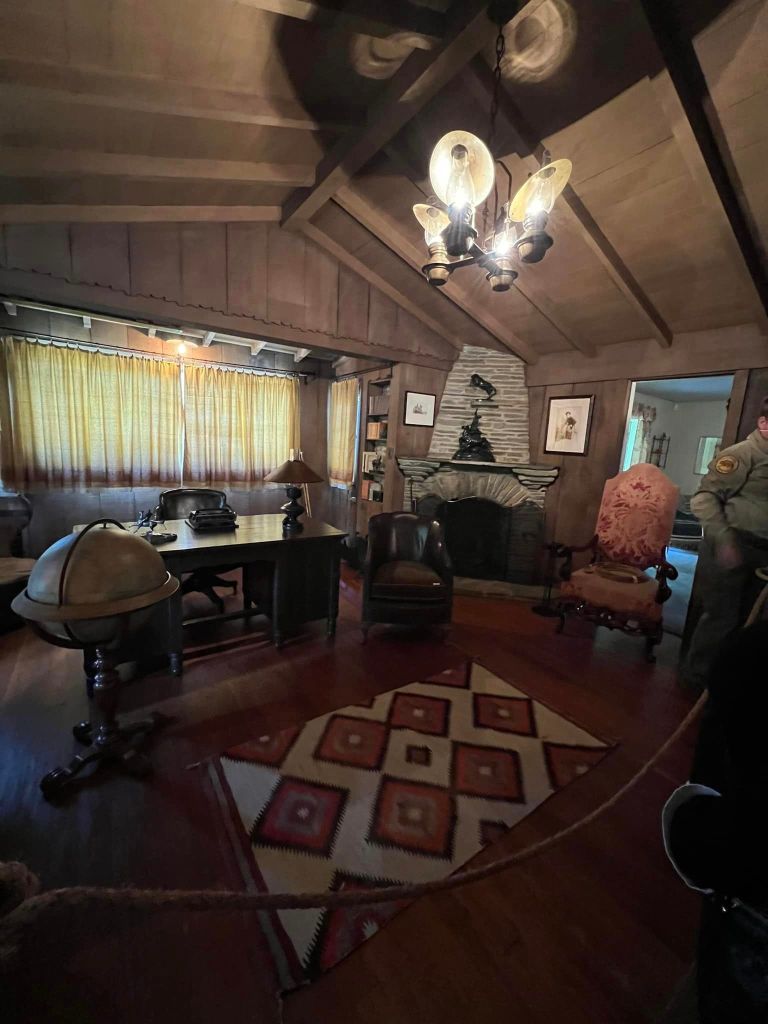
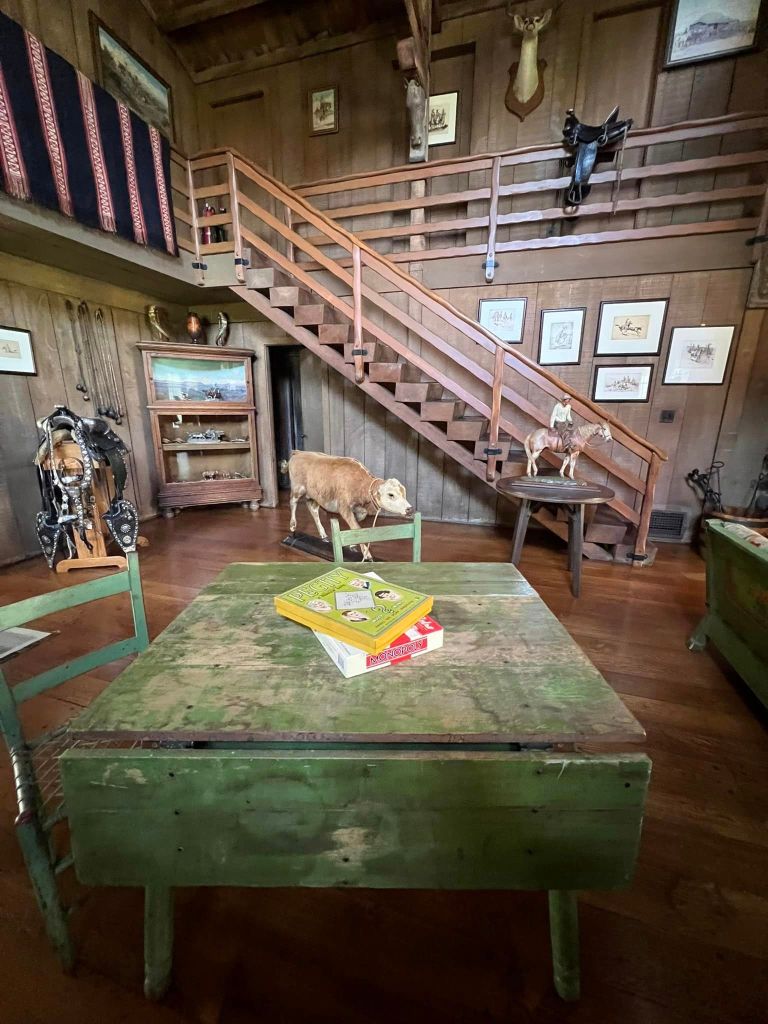


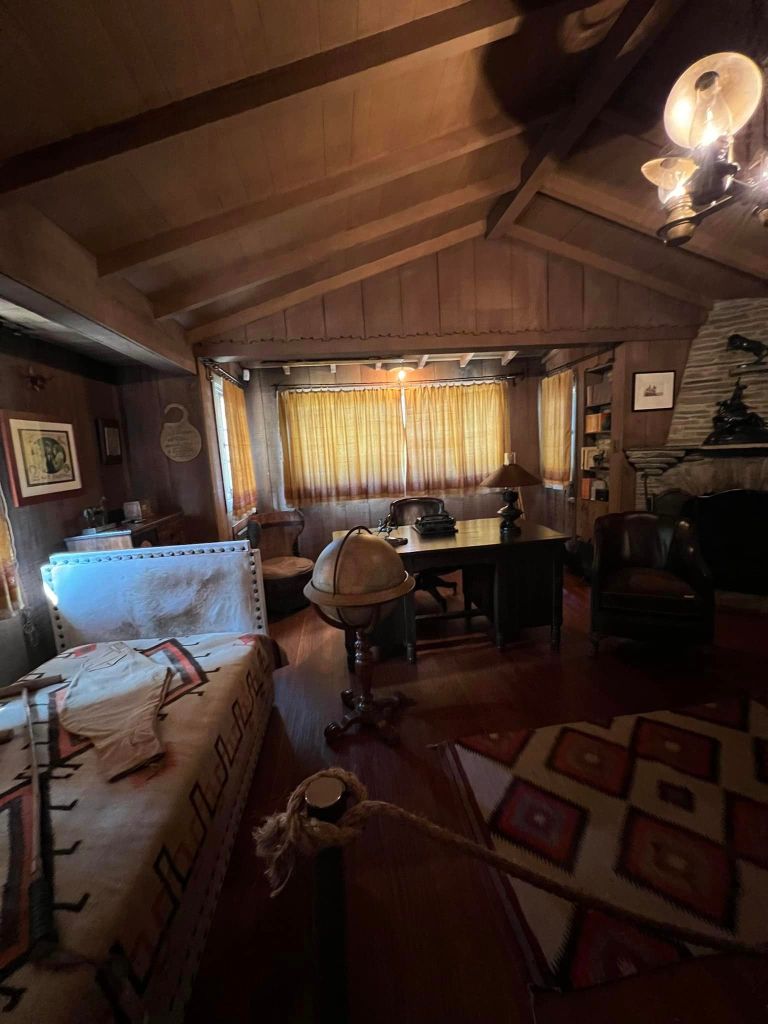
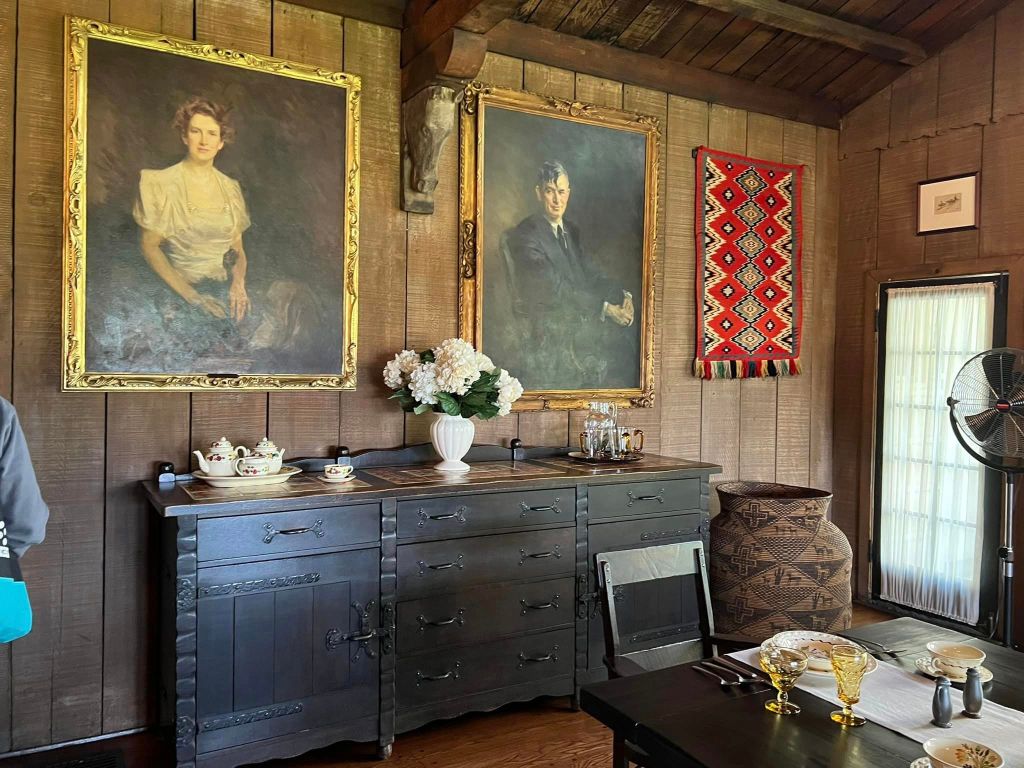

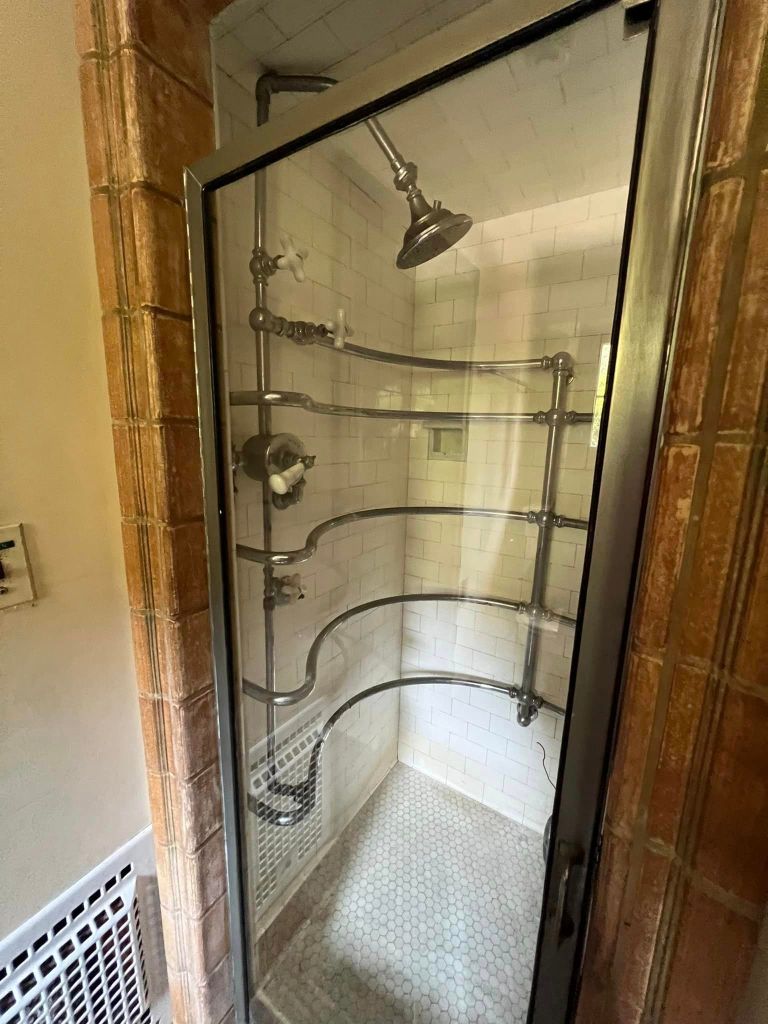
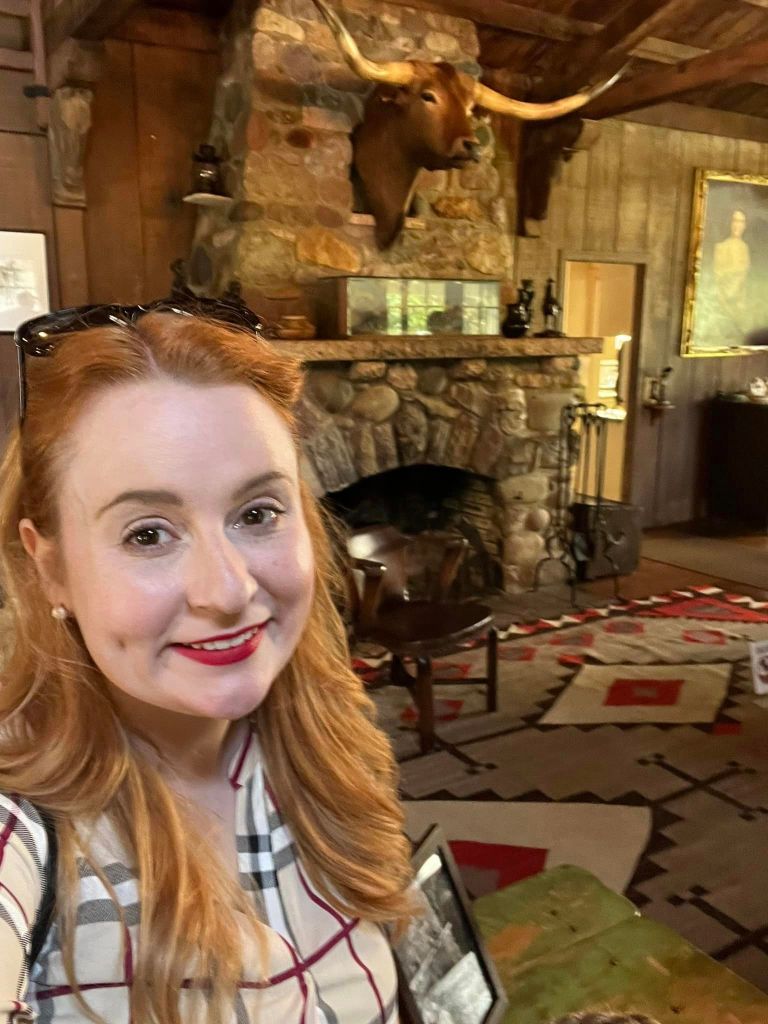

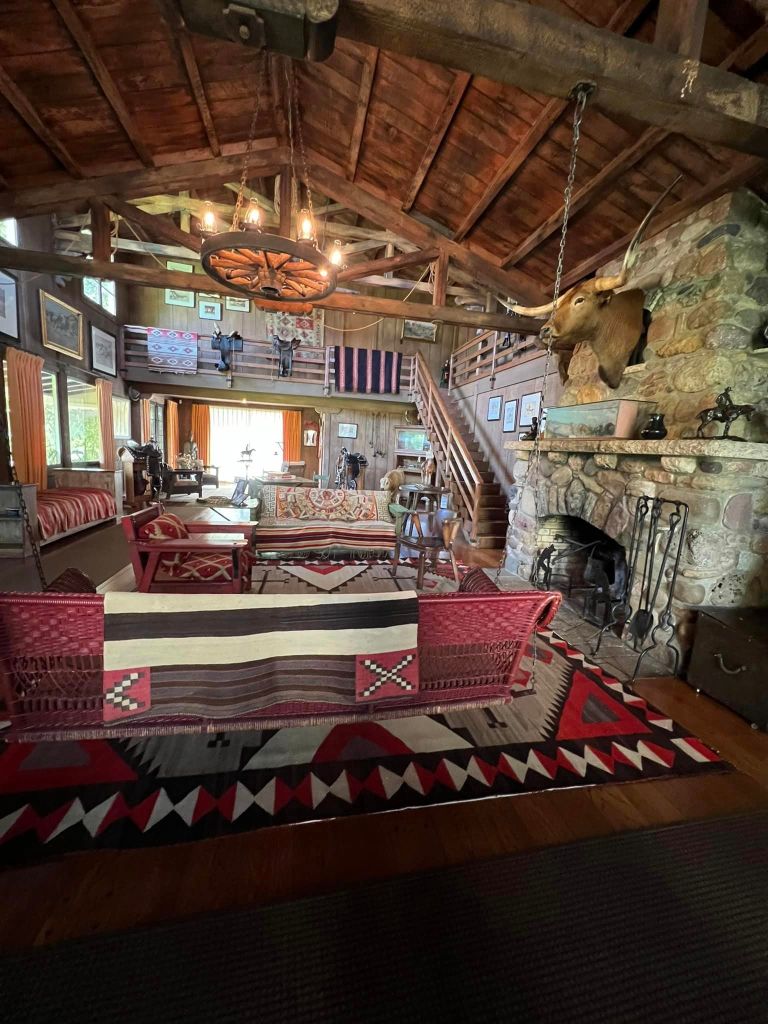



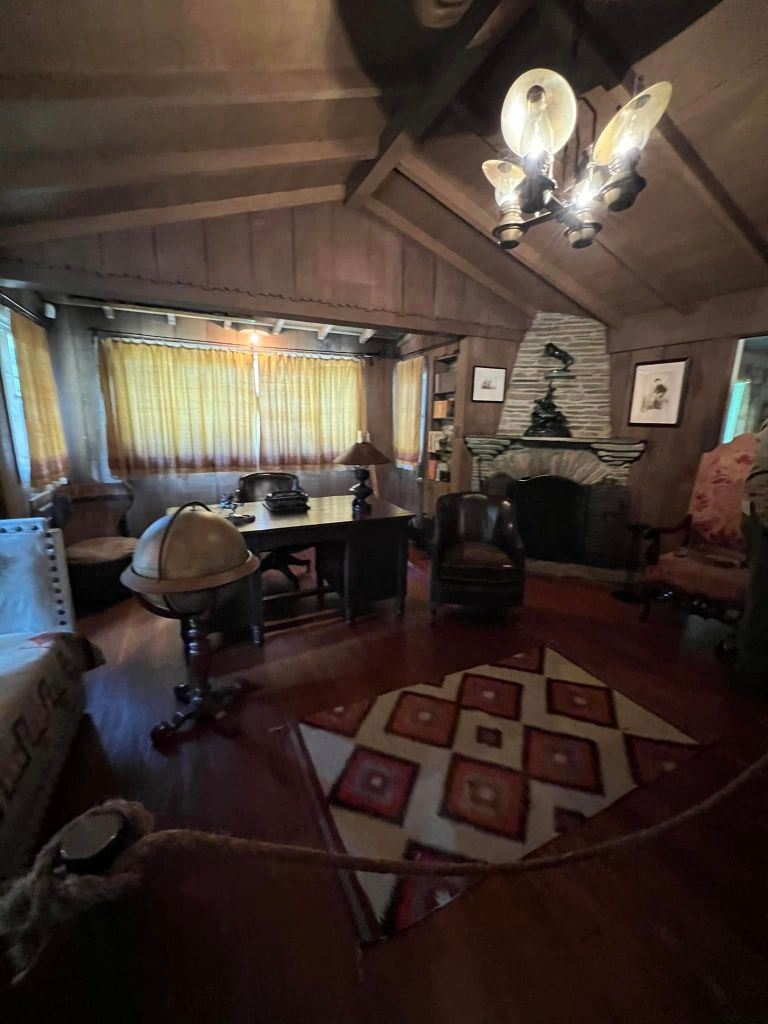

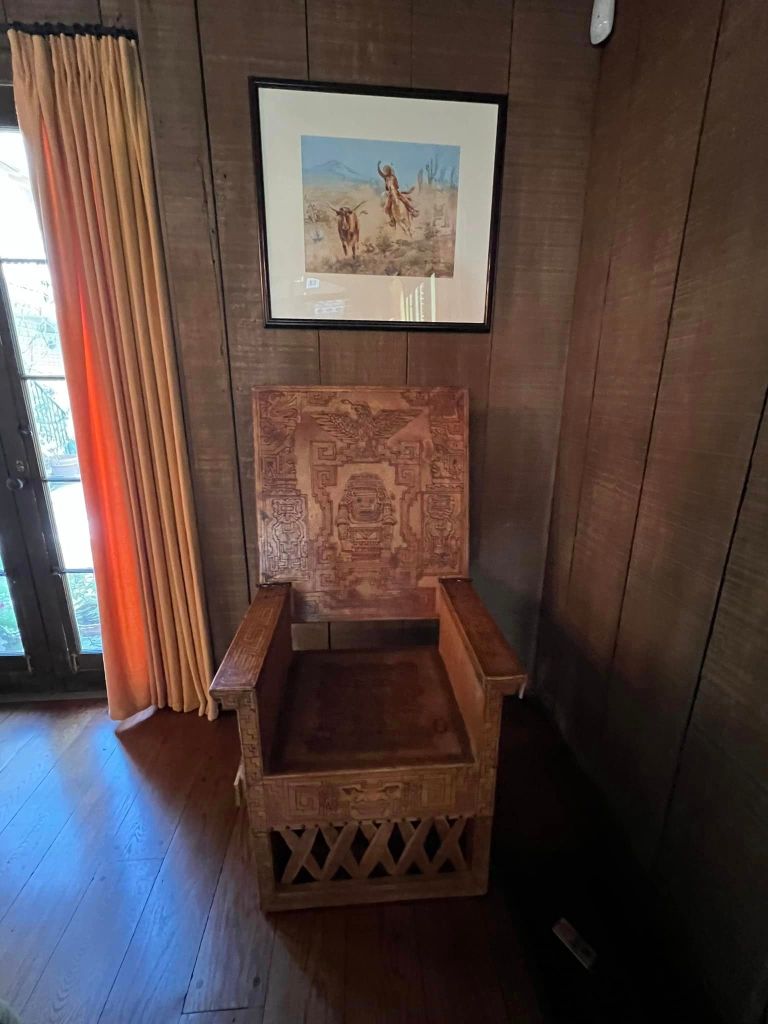
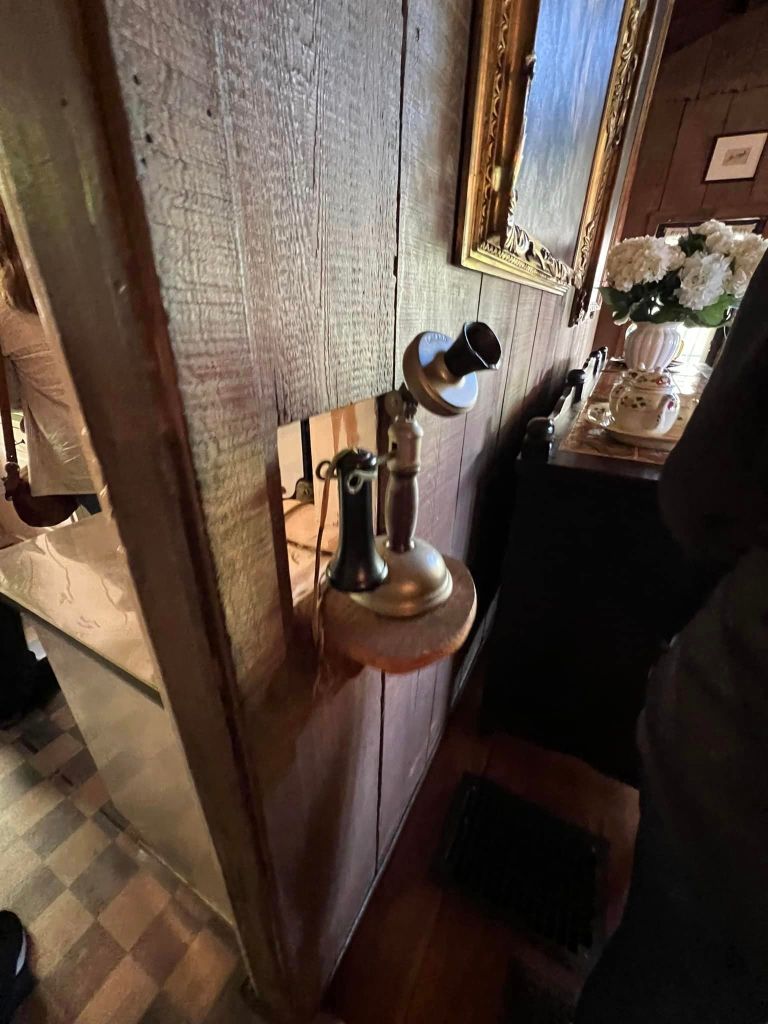
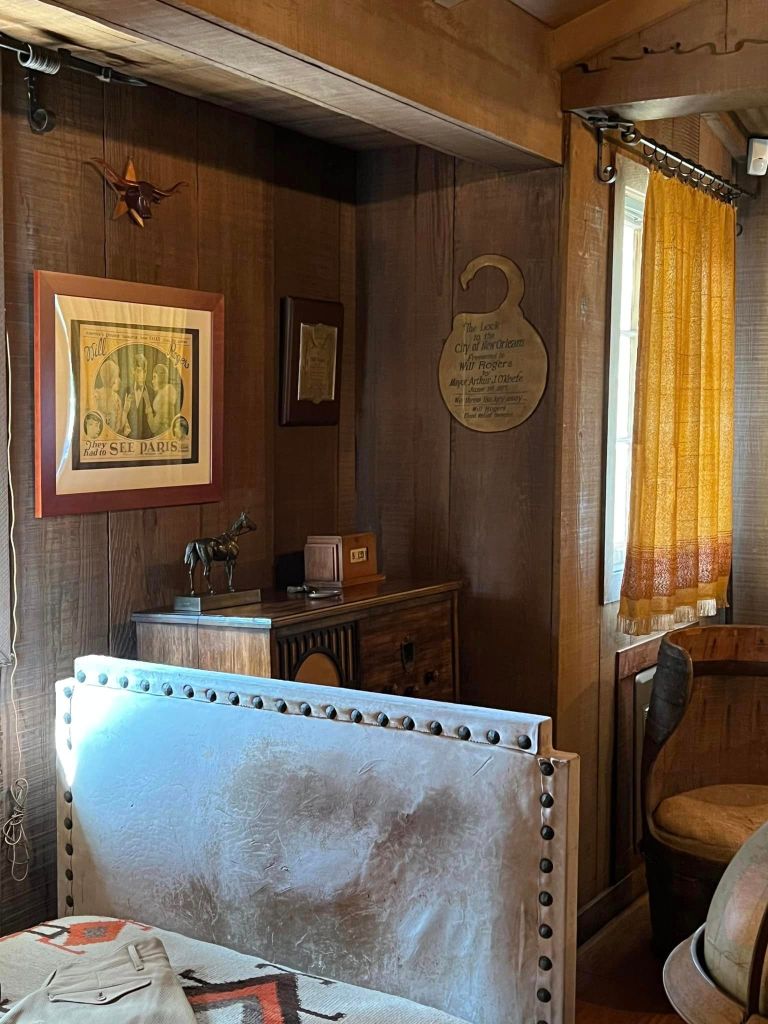

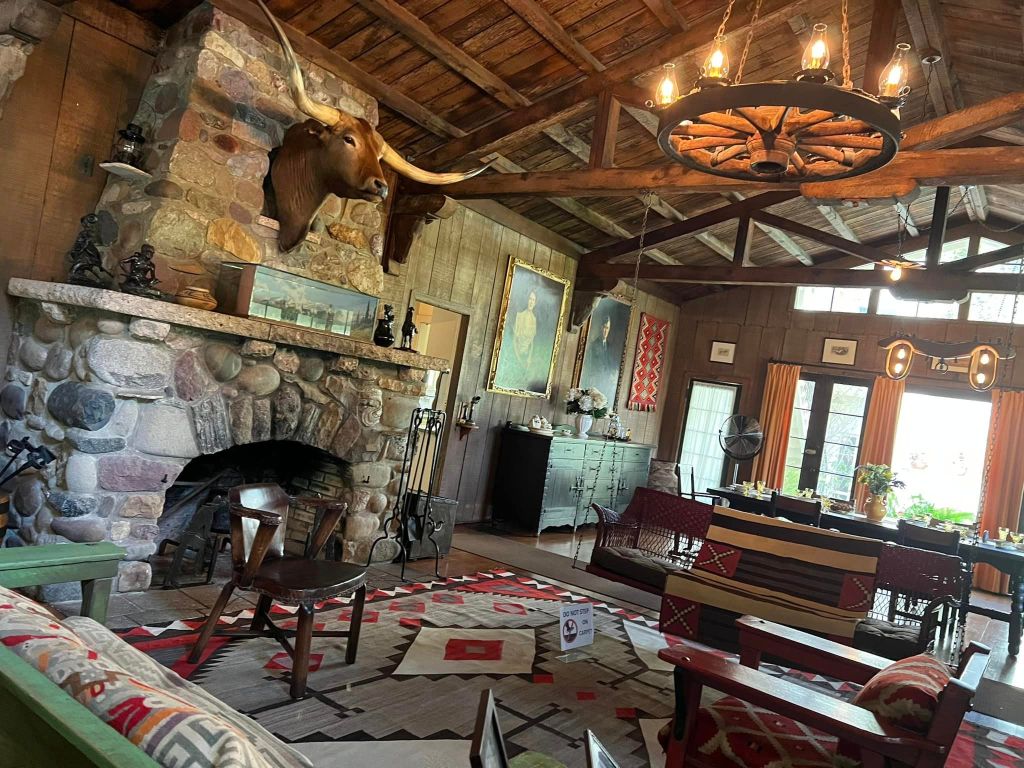

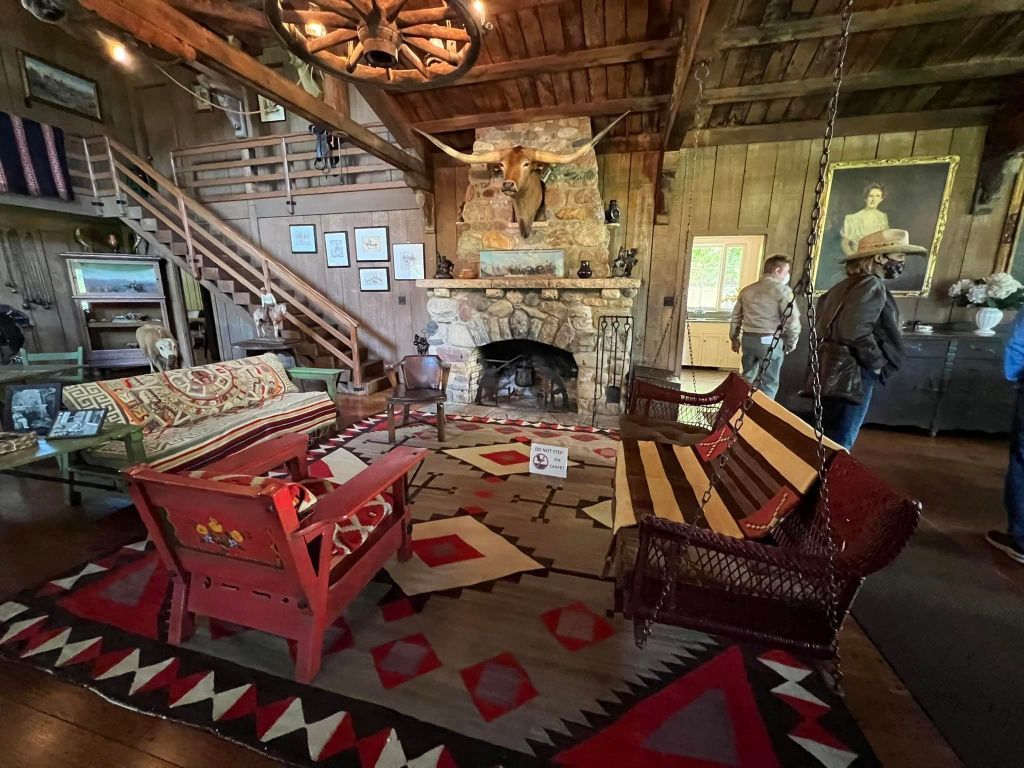

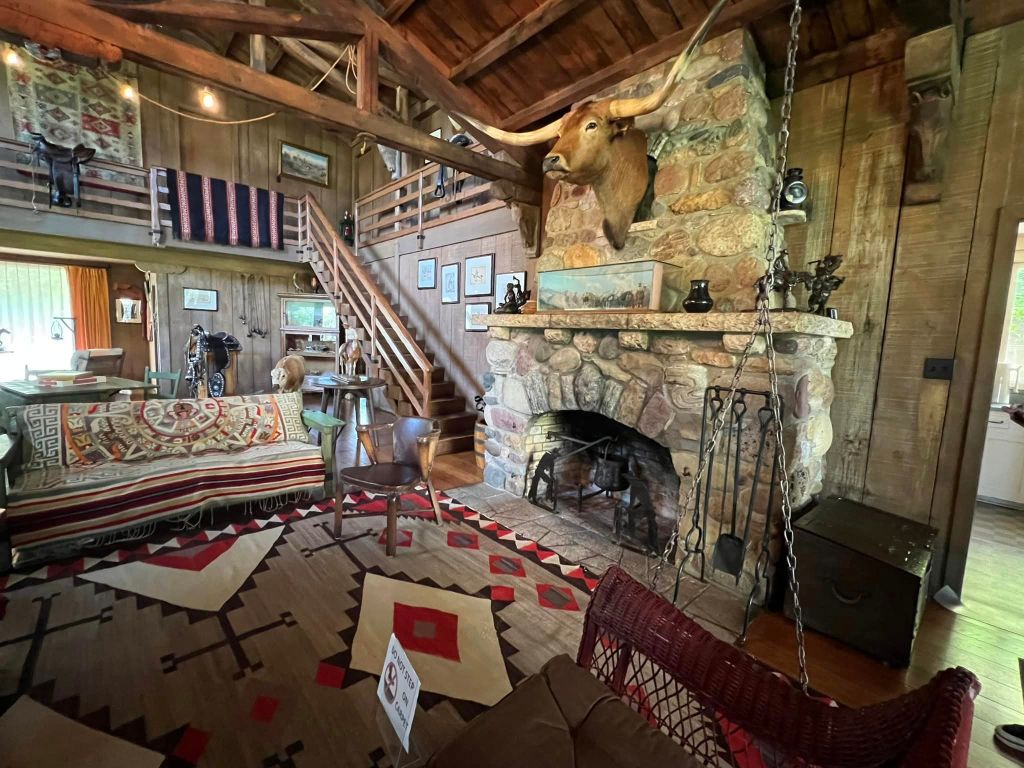
As one explores the room, one can note many details that are related to Rogers’ love of ranches and roping.


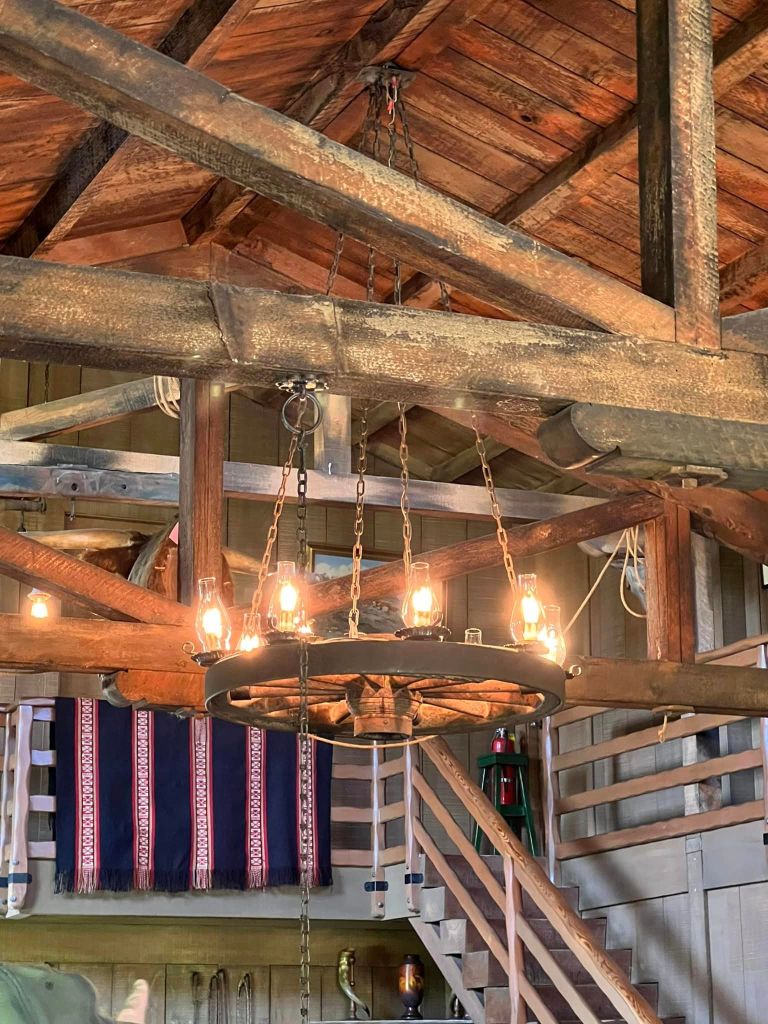

Moreover, this main room is prominently featured in The Story of Will Rogers, with Will Jr. playing his father. One can easily notice the swing and polo field as well as the entire living room in the film.
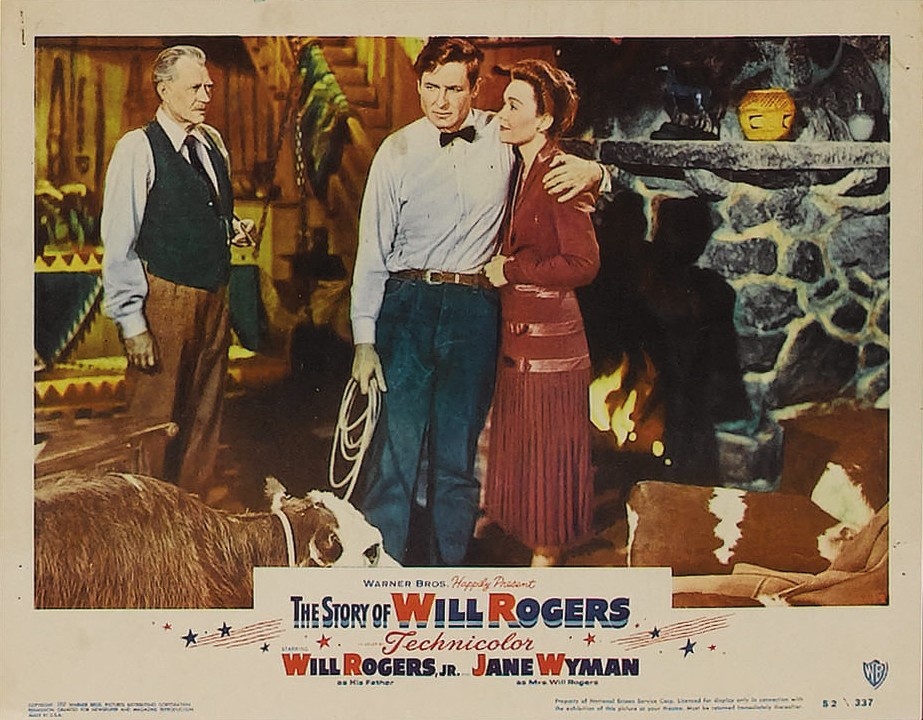
While the family entertained in the grand living room, they mostly resided in the more modest north wing of the house, also furnished in period, original family furnishings. This area includes a lovely original kitchen. The tour guide shared that Rogers’ absolute favorite meal was a rather simple one–beans.
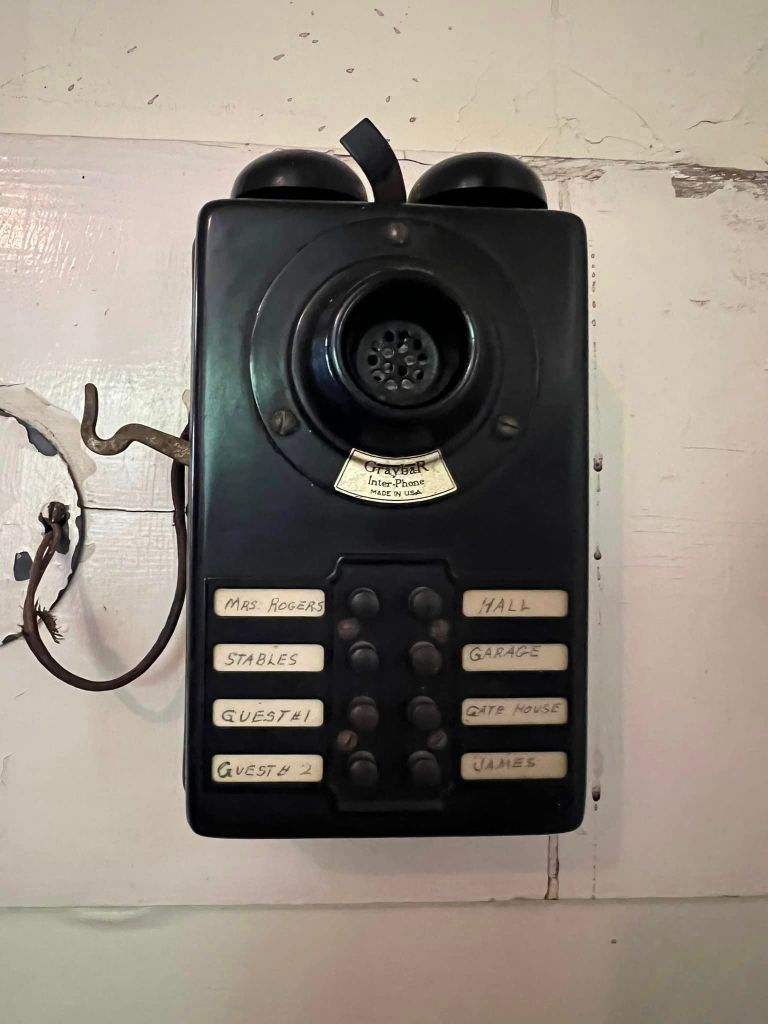

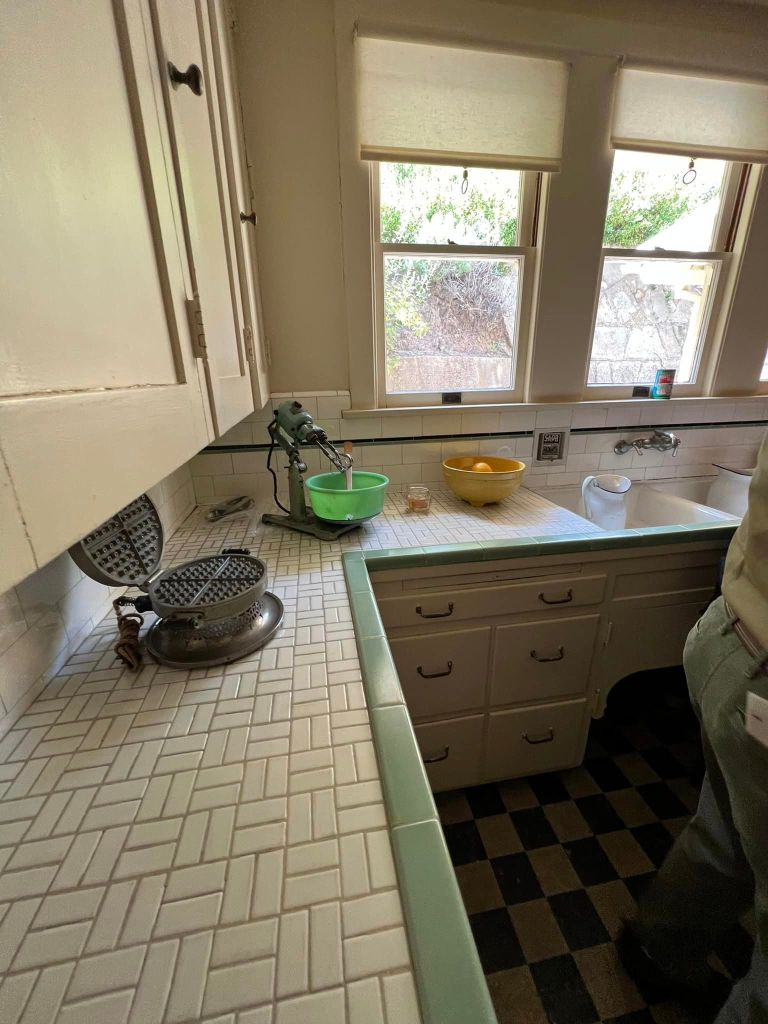
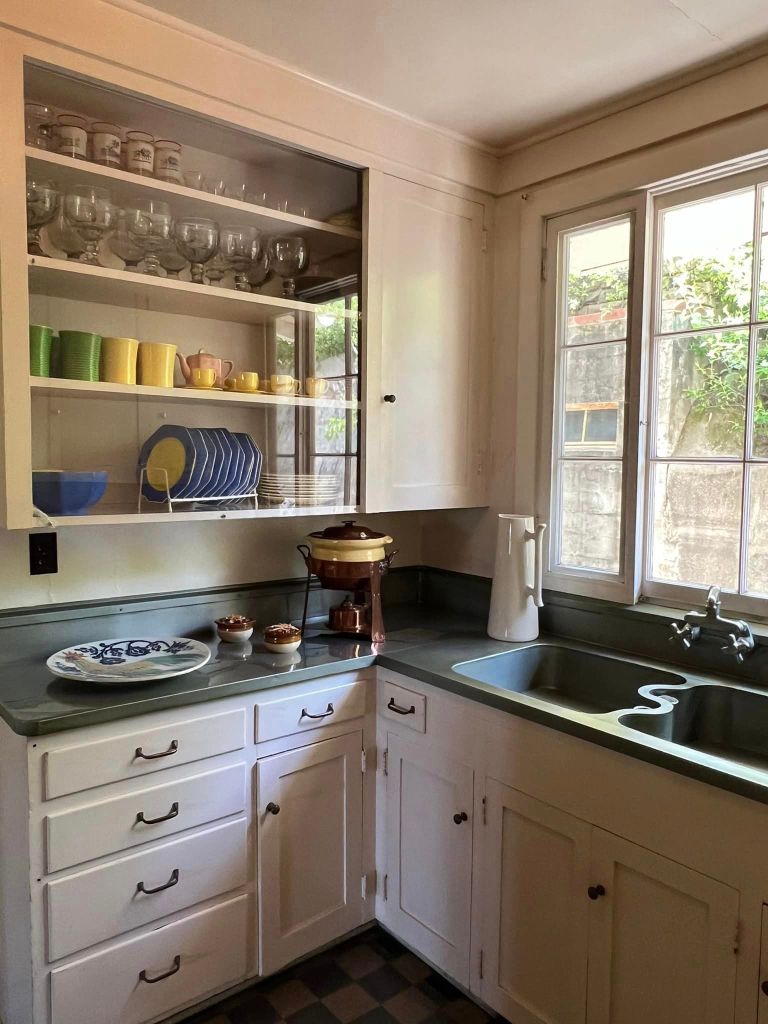

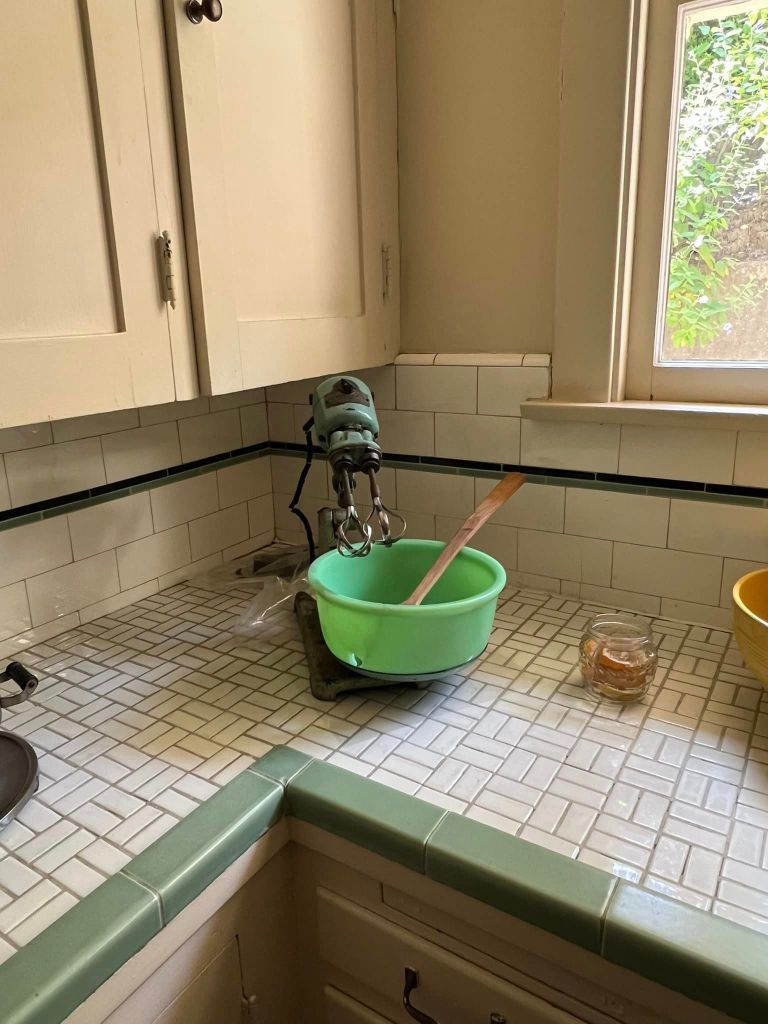
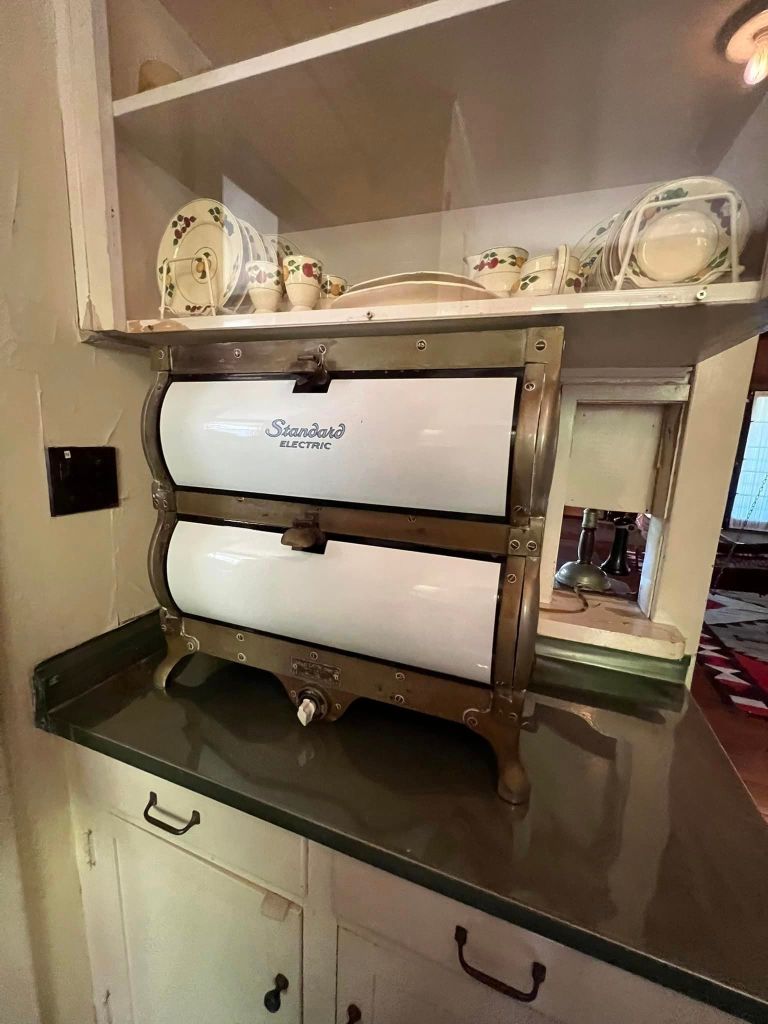
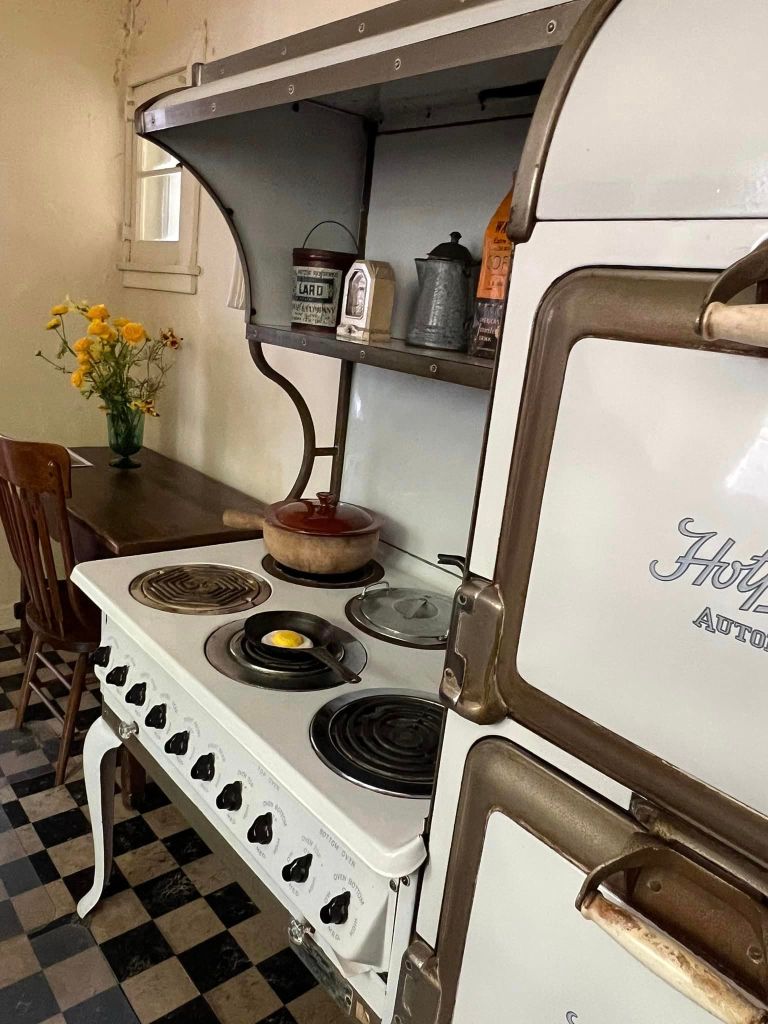
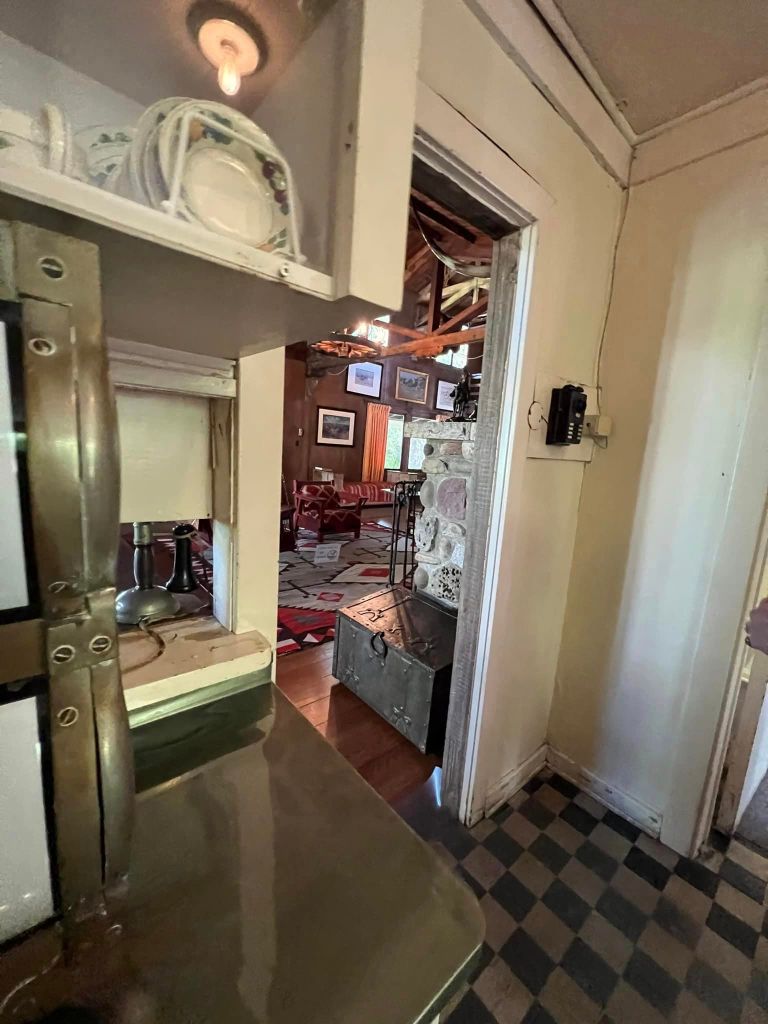


This area also contains the family bedrooms, Rogers’ study, and the family parlor and sunroom. Rogers’ banjo–relating to his love story–is on display. He and his wife shared a deep love of music, which quickly bonded them together.


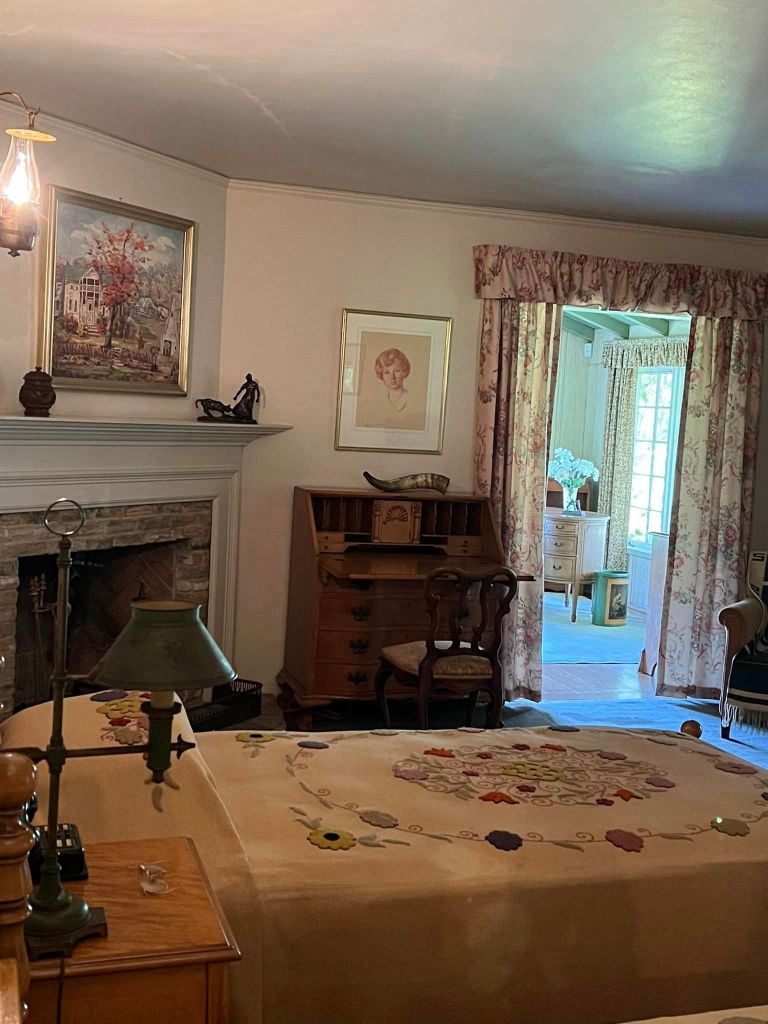

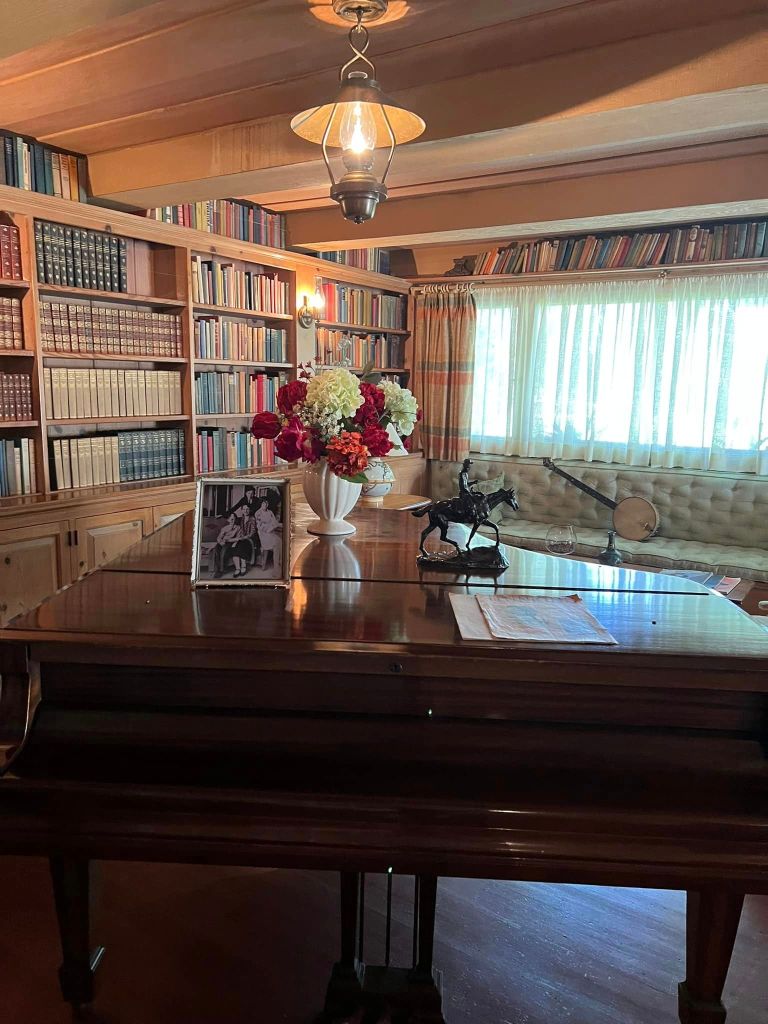

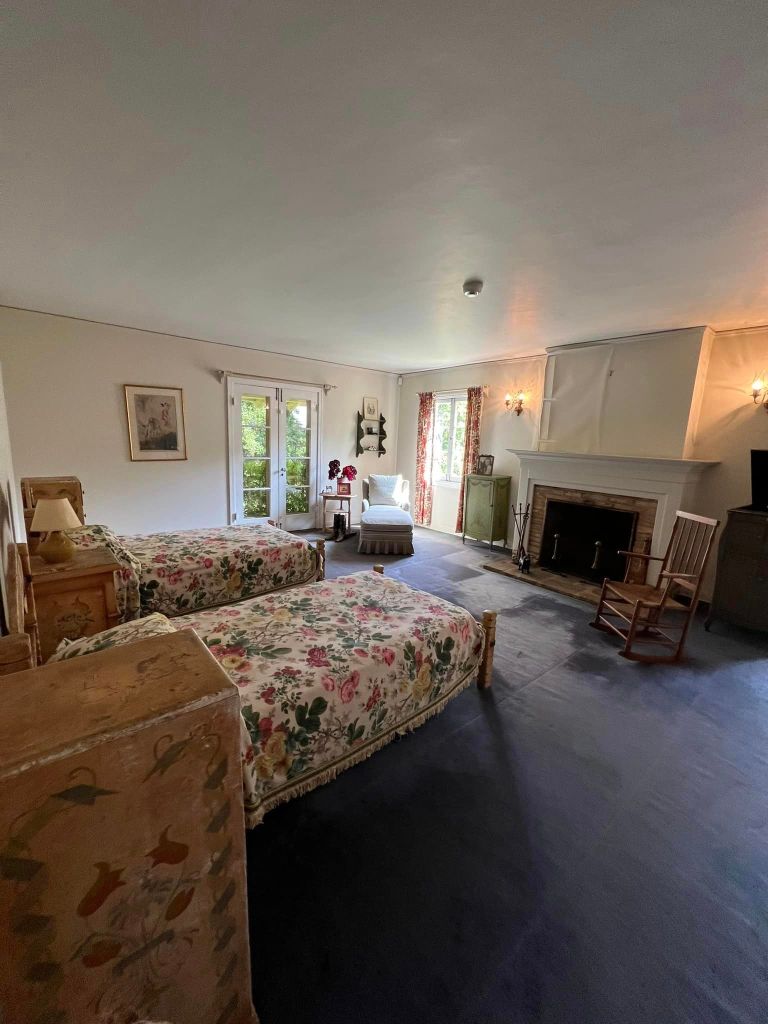



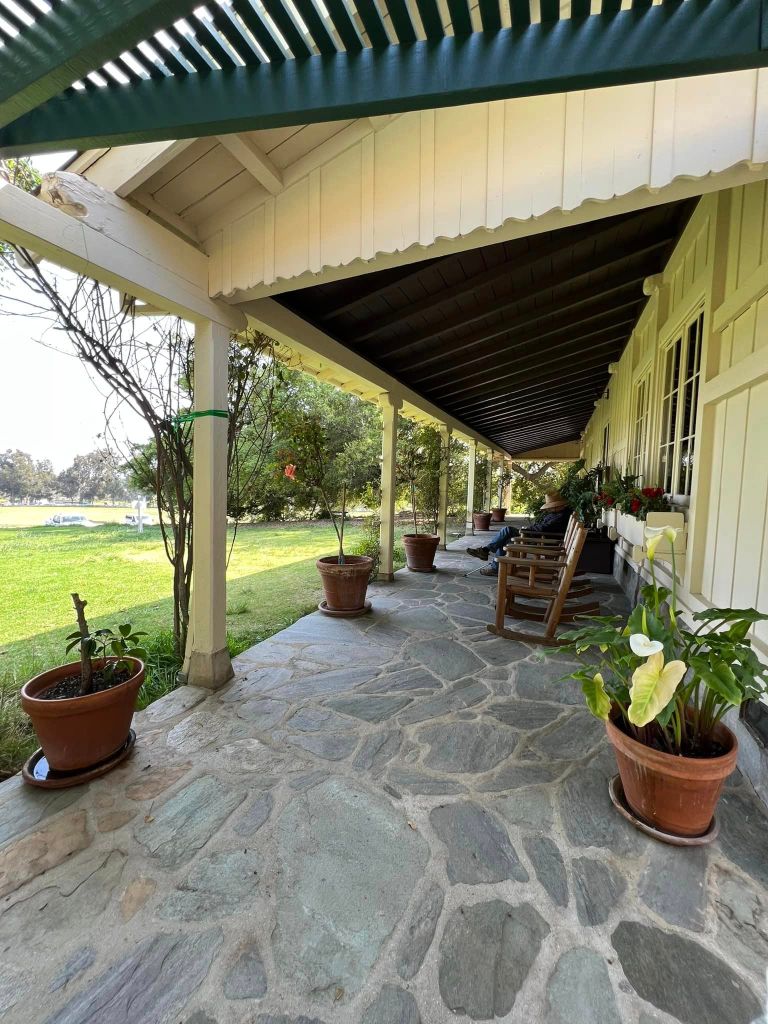

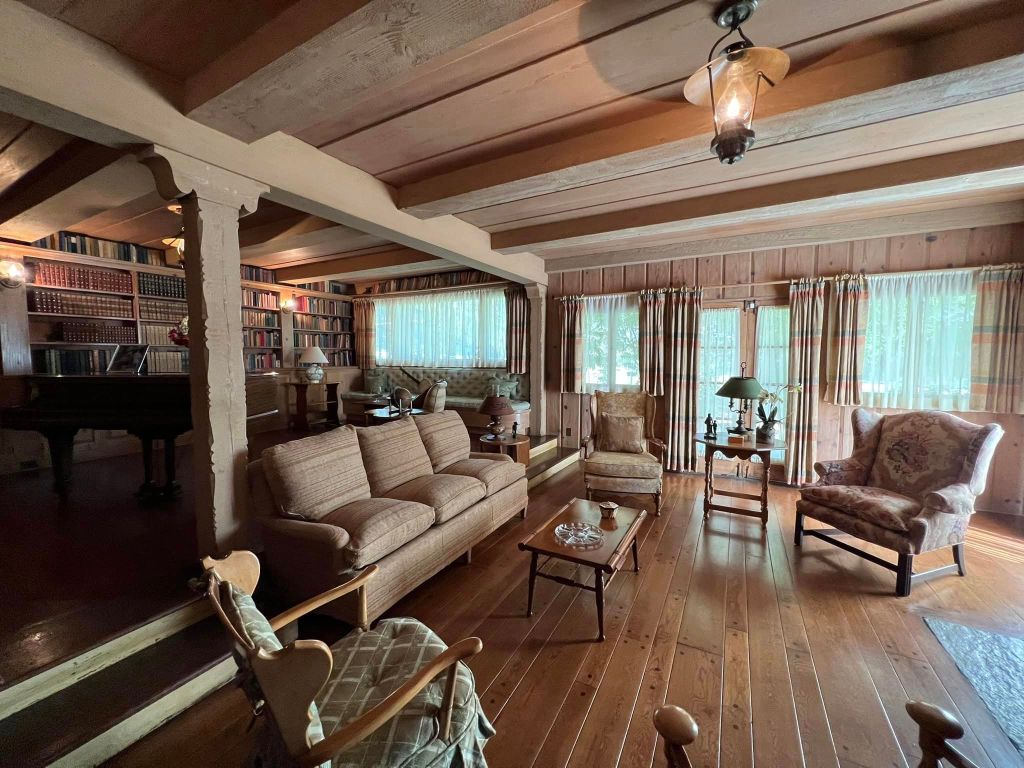
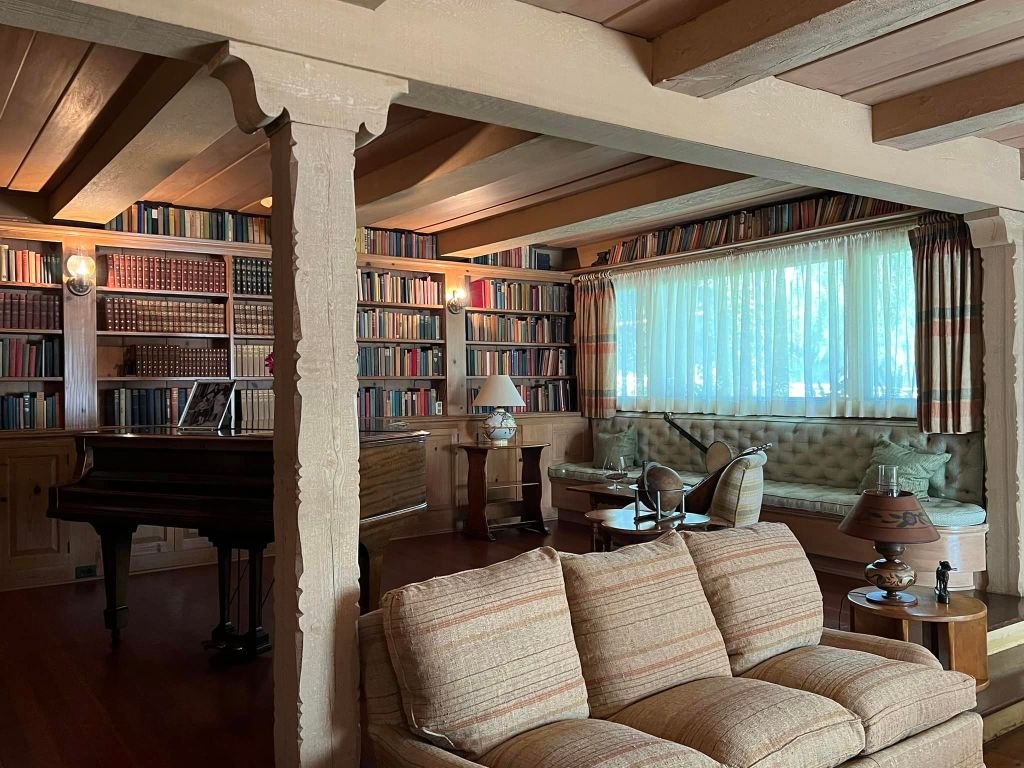
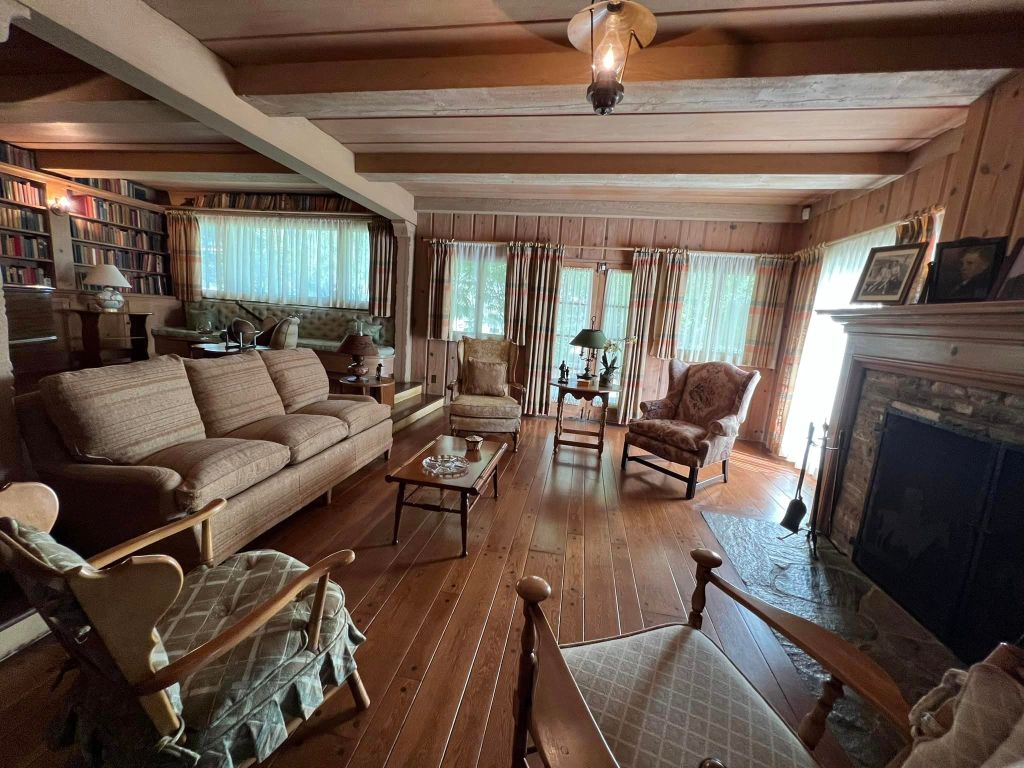



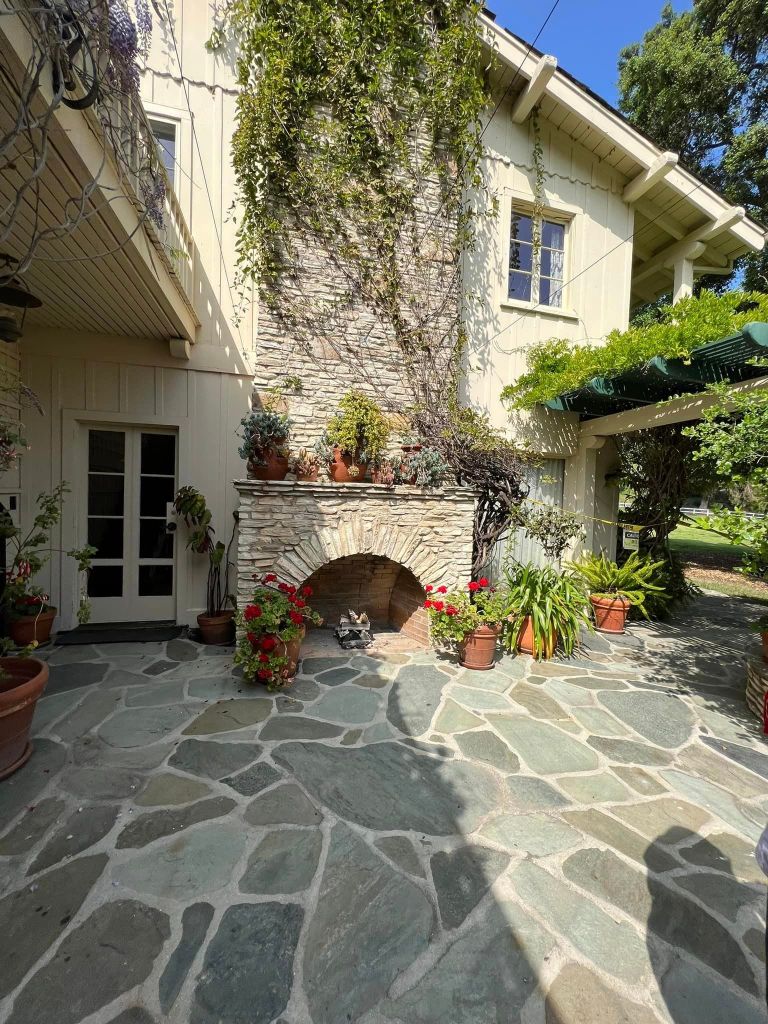

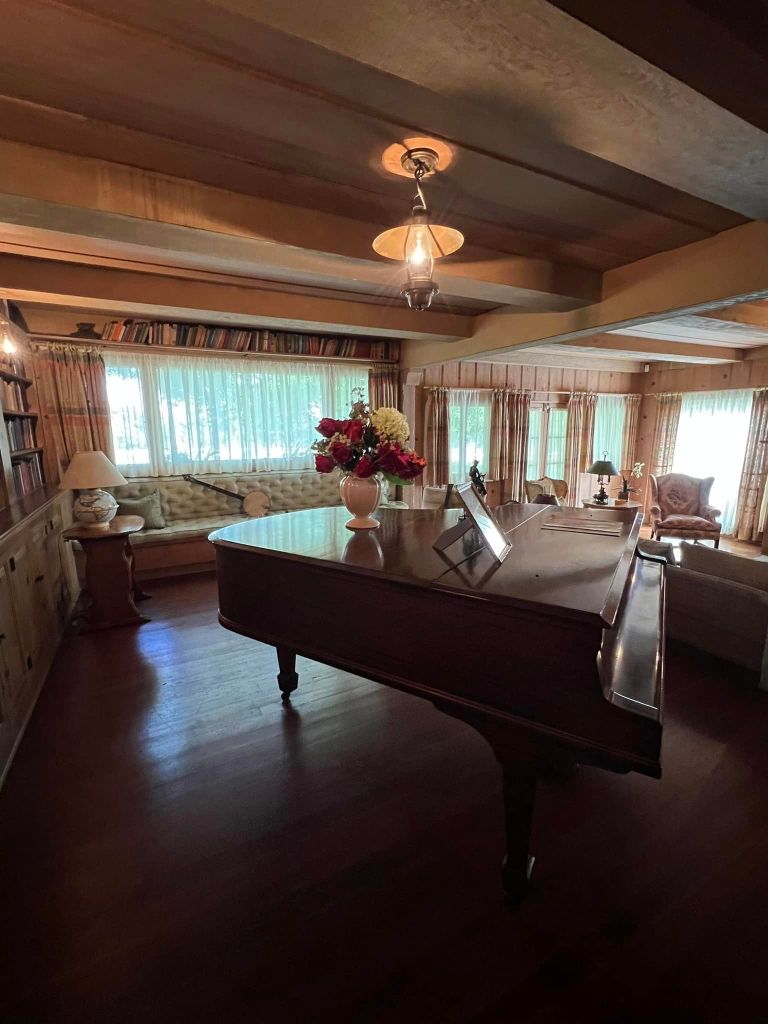


As a fan of The Wizard of Oz, I was particularly excited about the collection of original Wizard of Oz books in Will Jr.’s bedroom. As it turns out, actor Fred Stone, who portrayed the Scarecrow in the 1902 stage production of The Wizard of Oz, was good friends with Rogers. Rogers’ son, Fred, was named after Fred Stone, though his child tragically passed away from diphtheria at just under two years of age.
In 1928, Stone was critically injured in an airplane crash. Rogers filled in for him in the stage show, Three Cheers, written for Stone and his daughter, Dorothy. Rogers was a hit, and Stone used the time to progress through therapy and heal. During this period, Stone resided in the guest house of Rogers’ ranch. According to my guide, the initial book in the Oz series is inscribed to Will Jr. and signed by Stone.

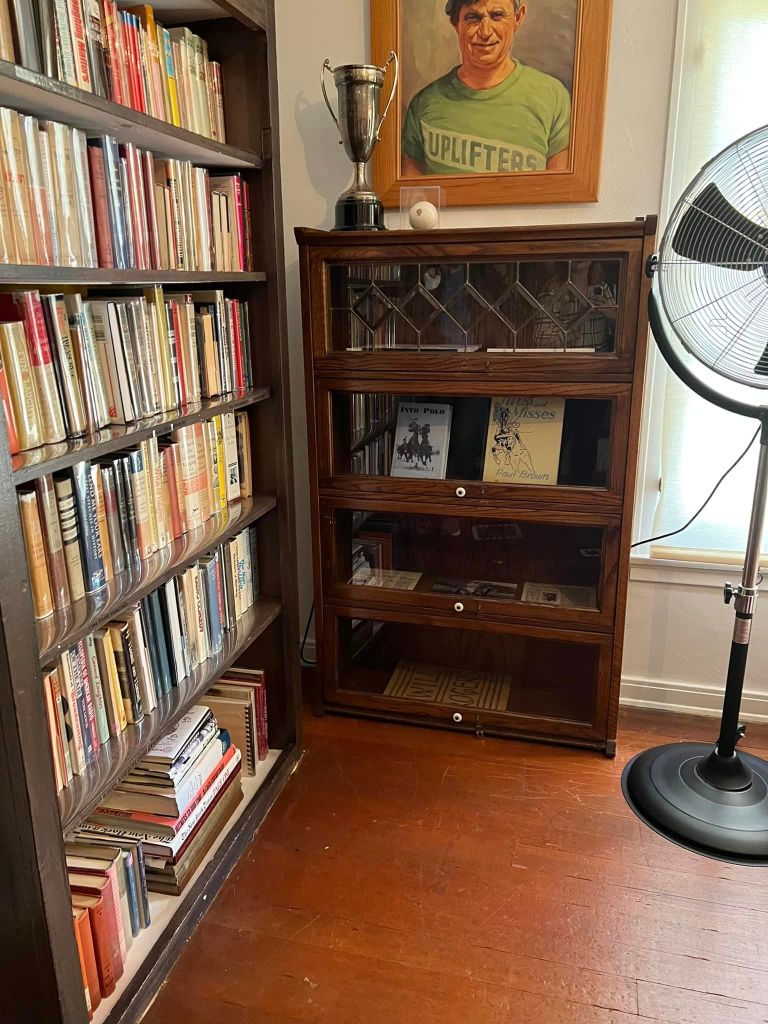

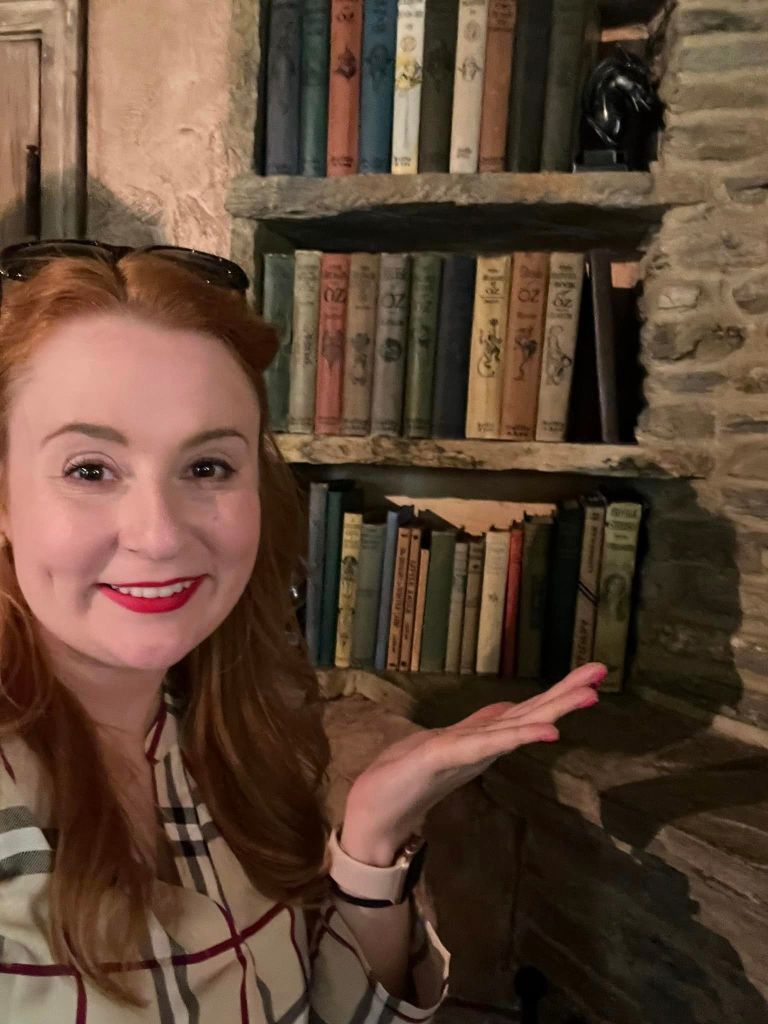


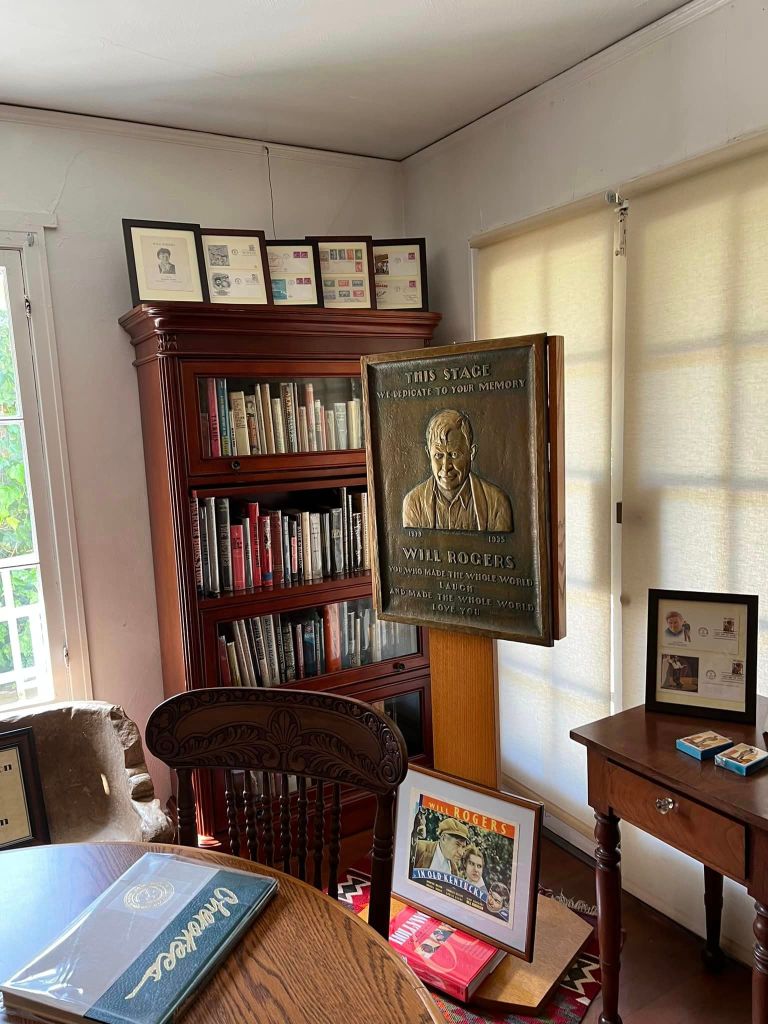

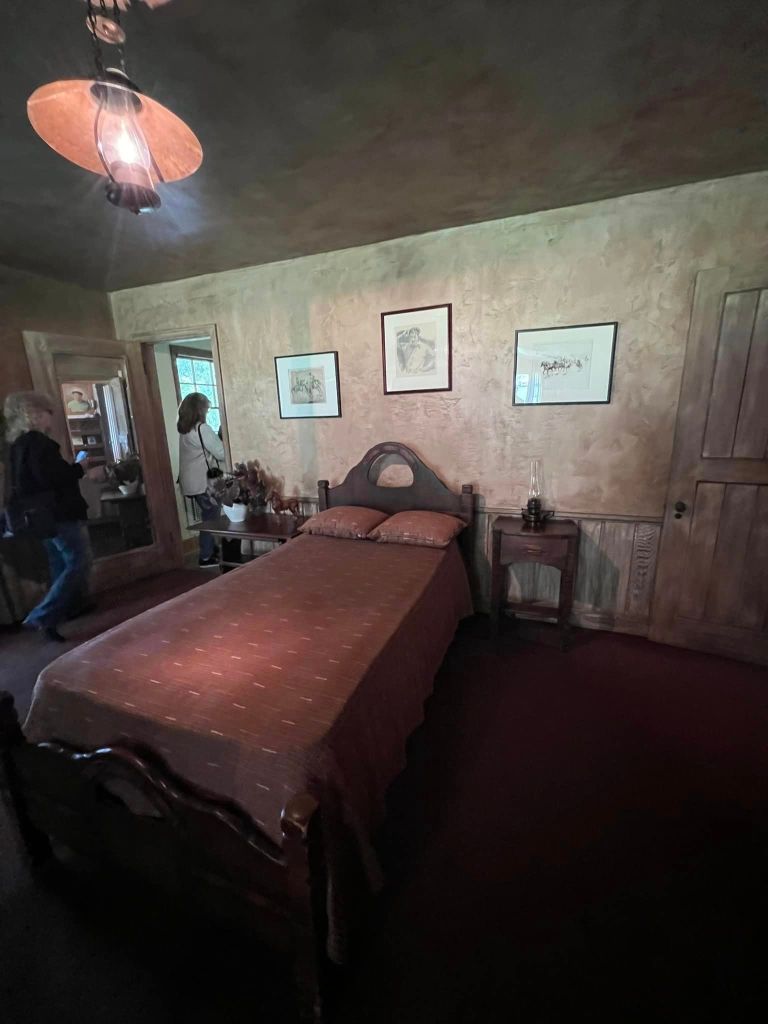

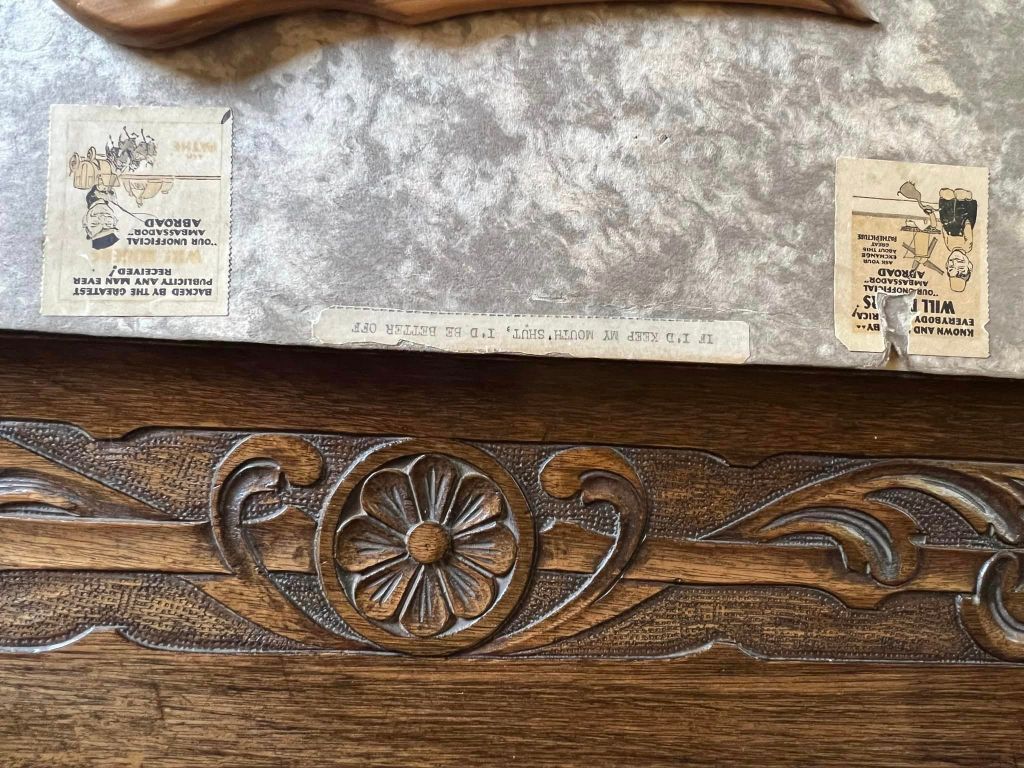

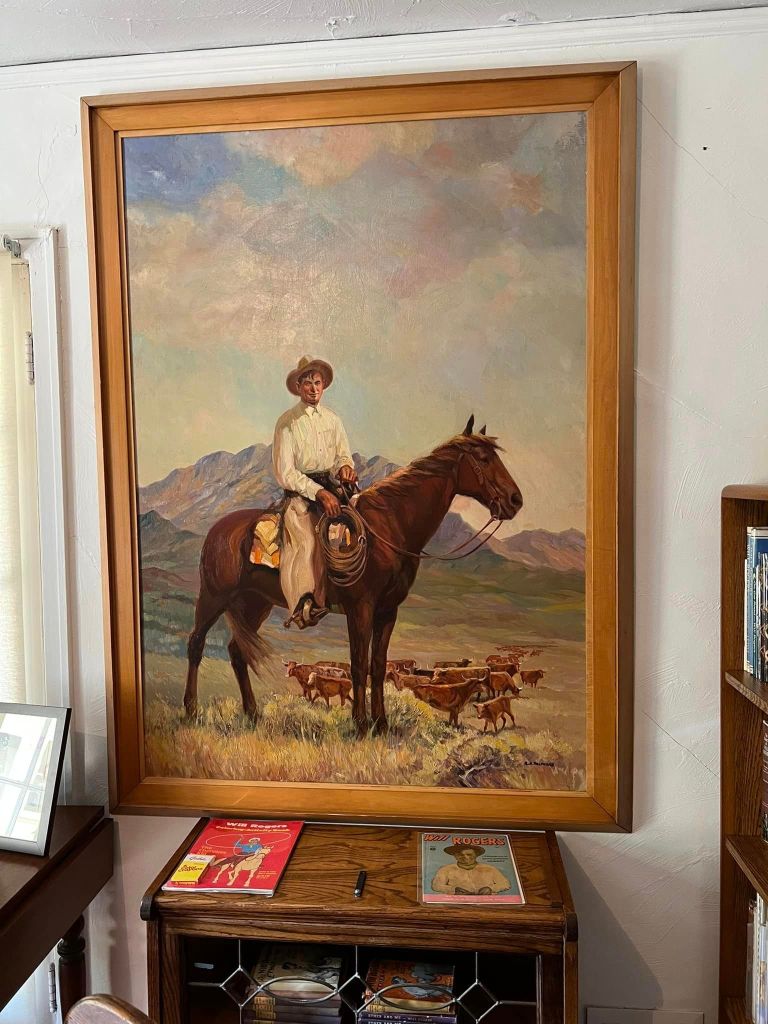
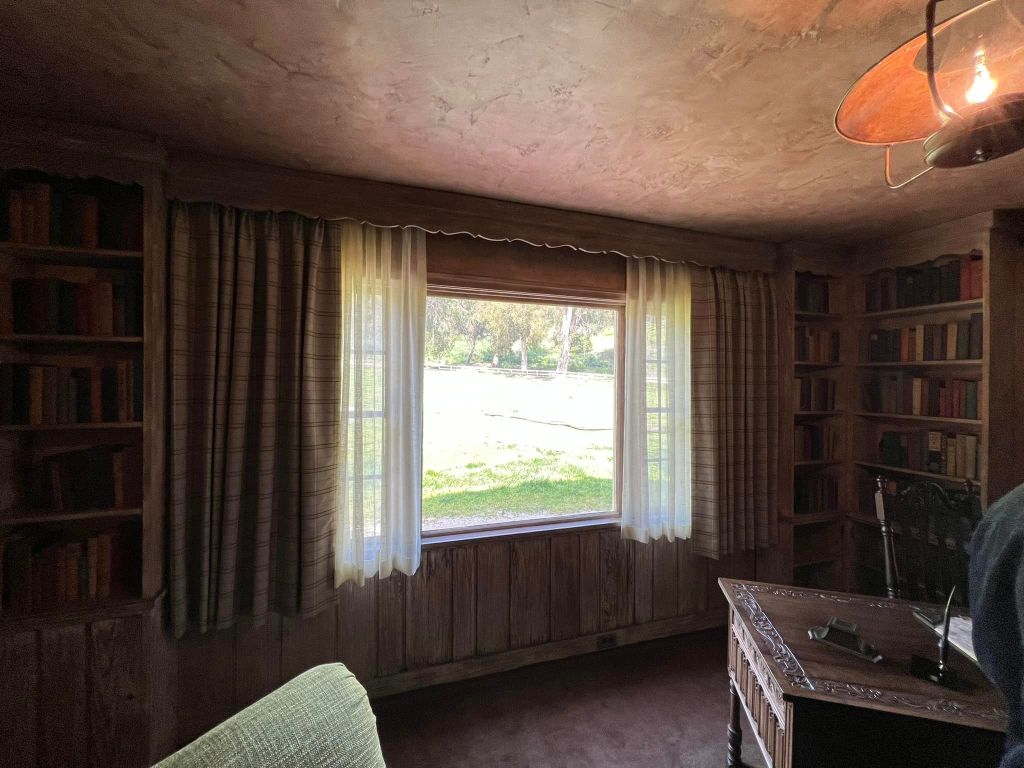

While many places of significance to Rogers exist to this day, I highly recommend a visit to the Will Rogers State Historic Park. There are so many fascinating stories associated with this location that are told exceptionally well by the guides.






